Everard Read announce co-current exhibitions ‘Remedy’ and ‘Well, There Goes That Dream’
REMEDY
Featuring work by Leila Abrahams, Dominique Edwards and Jeanne Hoffman
‘Remedy’ brings together the work of three women artists who use their process-based practices to counteract the harms of present-day lived experience. The exhibition considers these paintings, sculptures and tapestries against the backdrop of what Louis Bourgeois described as “restoration”: ‘the idea is to repair the damages that are inflicted in life, to make something that is fragmented – which is what fear and anxiety do to a person – into something whole.’
We are used to thinking of art as a mental endeavour, but it is a product of the body, which translates into the work itself. While all three artists make use of distinct media, their work embodies how art-making itself can provide a way to negotiate the socio-political, bodily and gendered contexts into which we are born, as well as provide a literal form of therapy.
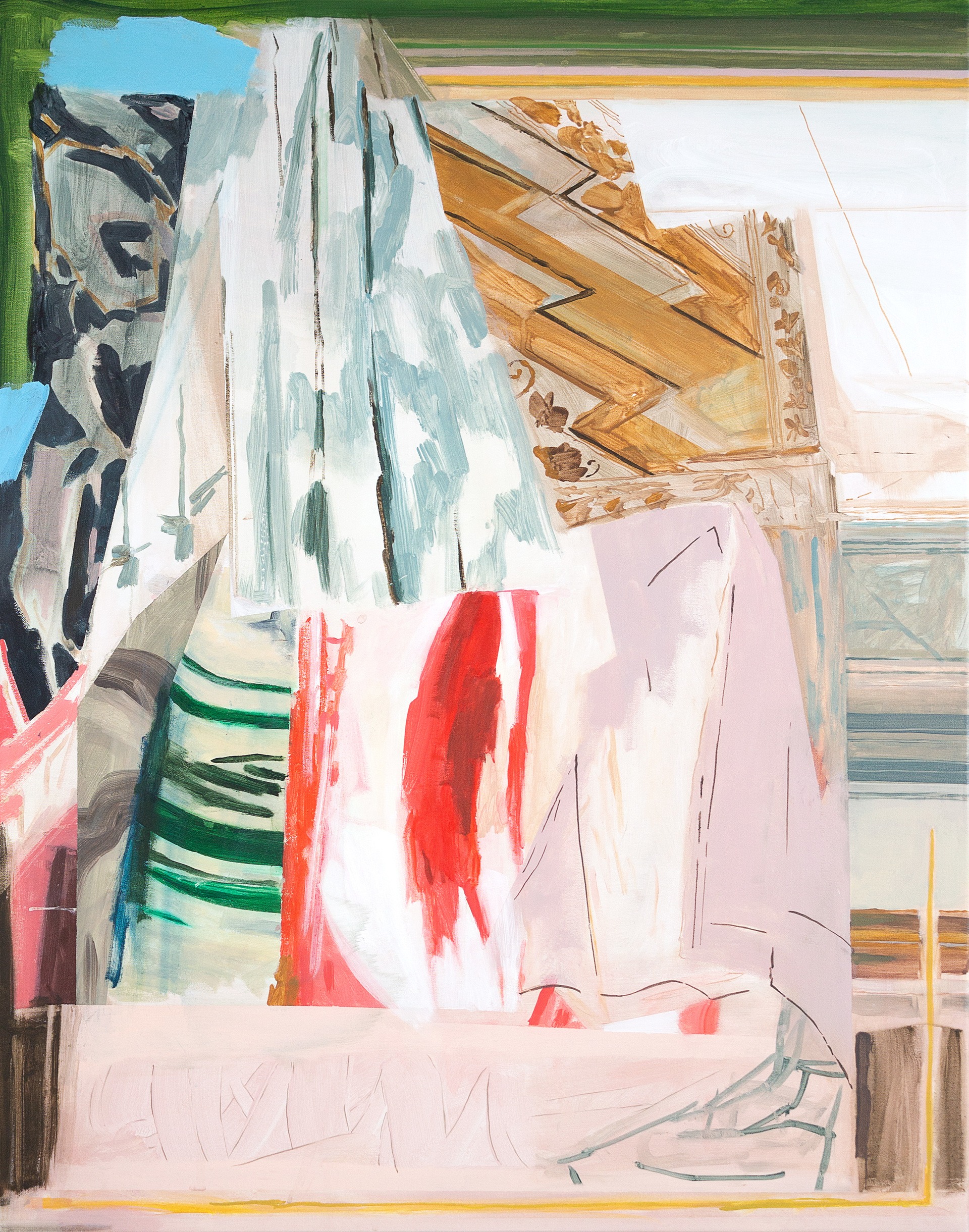
Everard Read, Jeane Hoffman, Inside the wave. 80x60cm.
Everard Read, Dominique Edwards, Remedy, Plaster of Paris.
Everard Read, Leila Abrahams, A is for Anxiety, Medical Gel Capsules and Polyester.
REMEDY opens 6pm Wednesday 6th September and runs until Wednesday 27th September.
Everard Read Cape Town
3 Portswood Road | Waterfront | 8001
WELL, THERE GOES THAT DREAM
Featuring Warren Maroon
“There is no dreaming when in a state of survival.”
This body of work by Warren Maroon – an artist originally from the Cape Flats – is underpinned by themes of hope intermingled with despair. The people of South Africa are in survival mode, asserts Maroon, hanging on to what little hope they have.
Maroon, inspired by an Arte Povera aesthetic, creates work using mostly found objects to communicate aspects of his – and others’ – lived experience. His work translates familiar objects using a graceful sculptural language of reverence and contempt to convey an existence between violence and vulnerability.
“Our political climate is not making things any better,” he states. “There hasn’t been a South African government that has worked for people of colour. The poor are poorer and the dreams of something better seem to be further away. With the rising cost of everything, the rolling blackouts and corruption it seems that hope is fading.” How do we exist in a place that both makes and breaks us?
Everard Read, Warren Maroon, Well, There Goes That Dream, Neon Lights.
Everard Read, Warren Maroon, You Stole My Heart, Waxed Paper and Barbed Wire.
WELL, THERE GOES THAT DREAM opens 6pm Wednesday 6th September and runs until Wednesday 27th September.
Everard Read Cape Town
3 Portswood Road | Waterfront | 8001
For more news, visit the Connect Everything Collective homepage www.ceconline.co.za

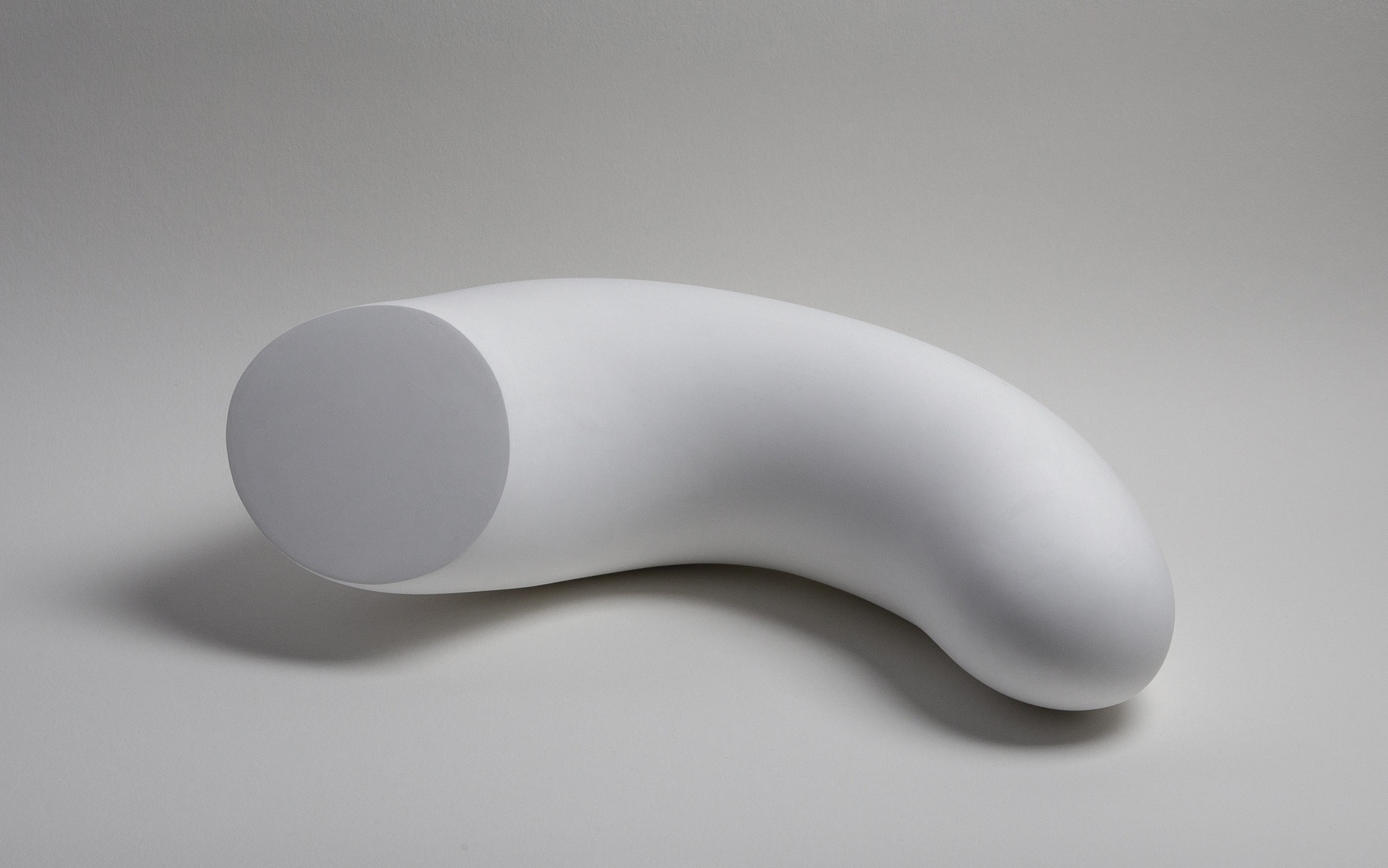
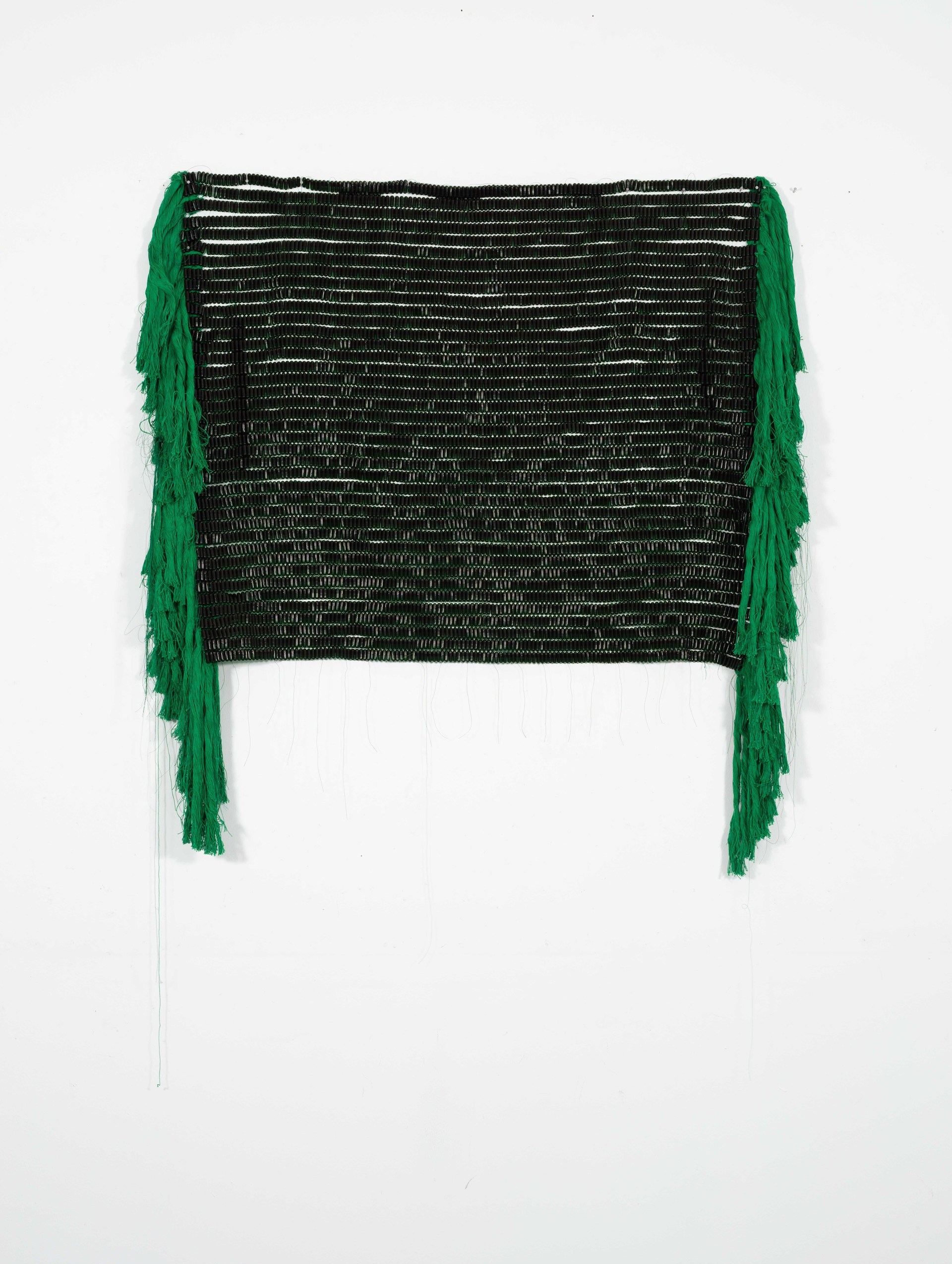
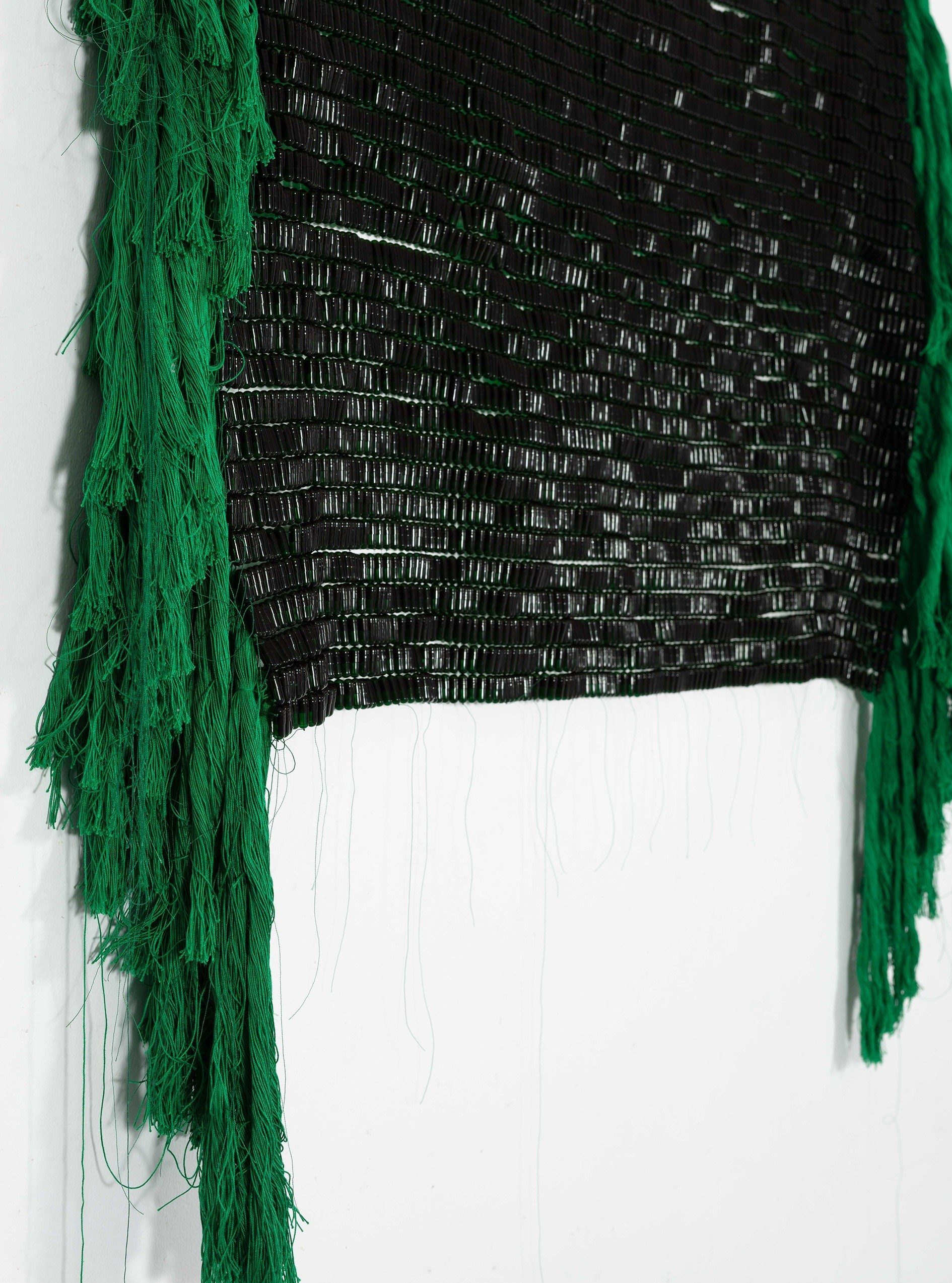
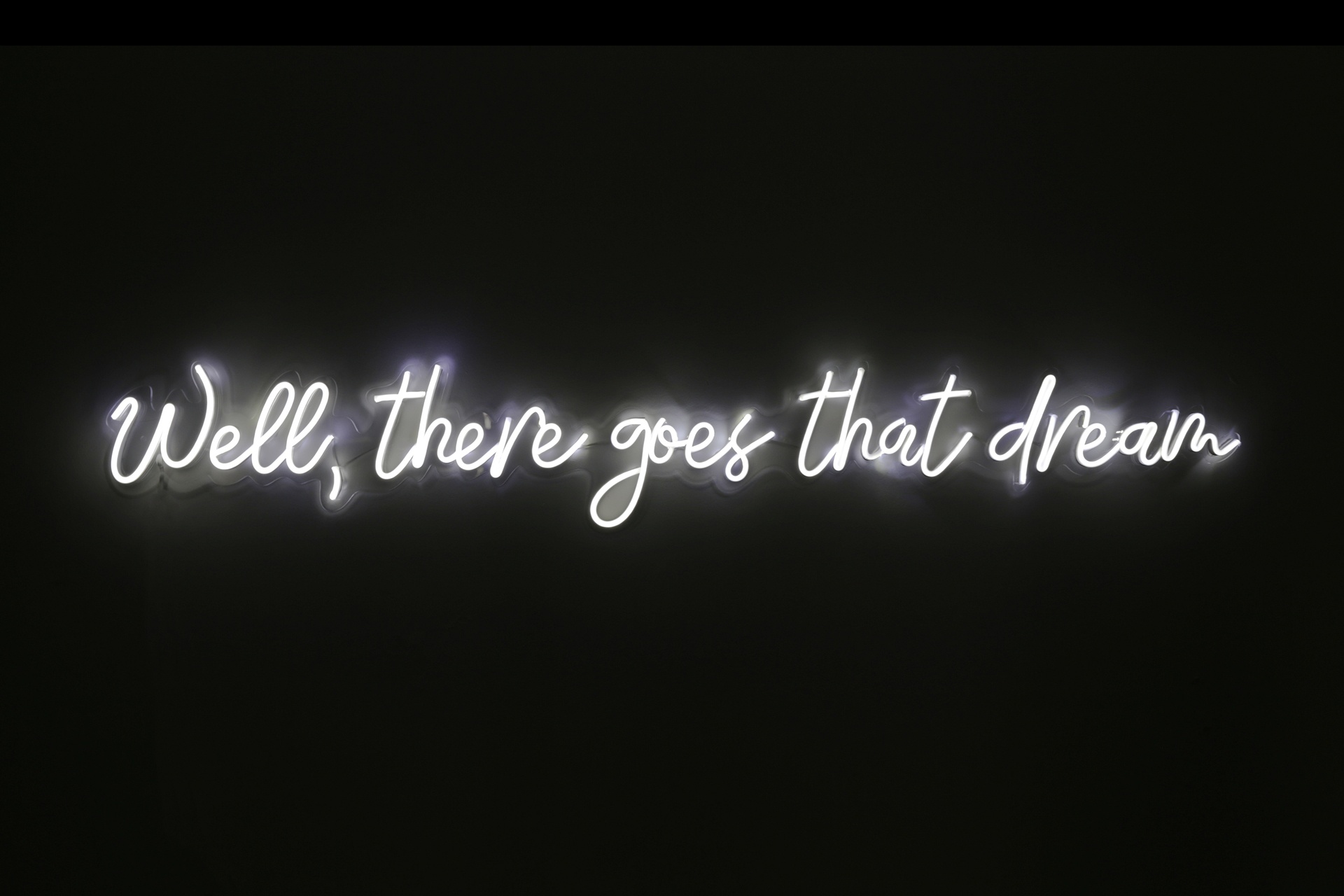


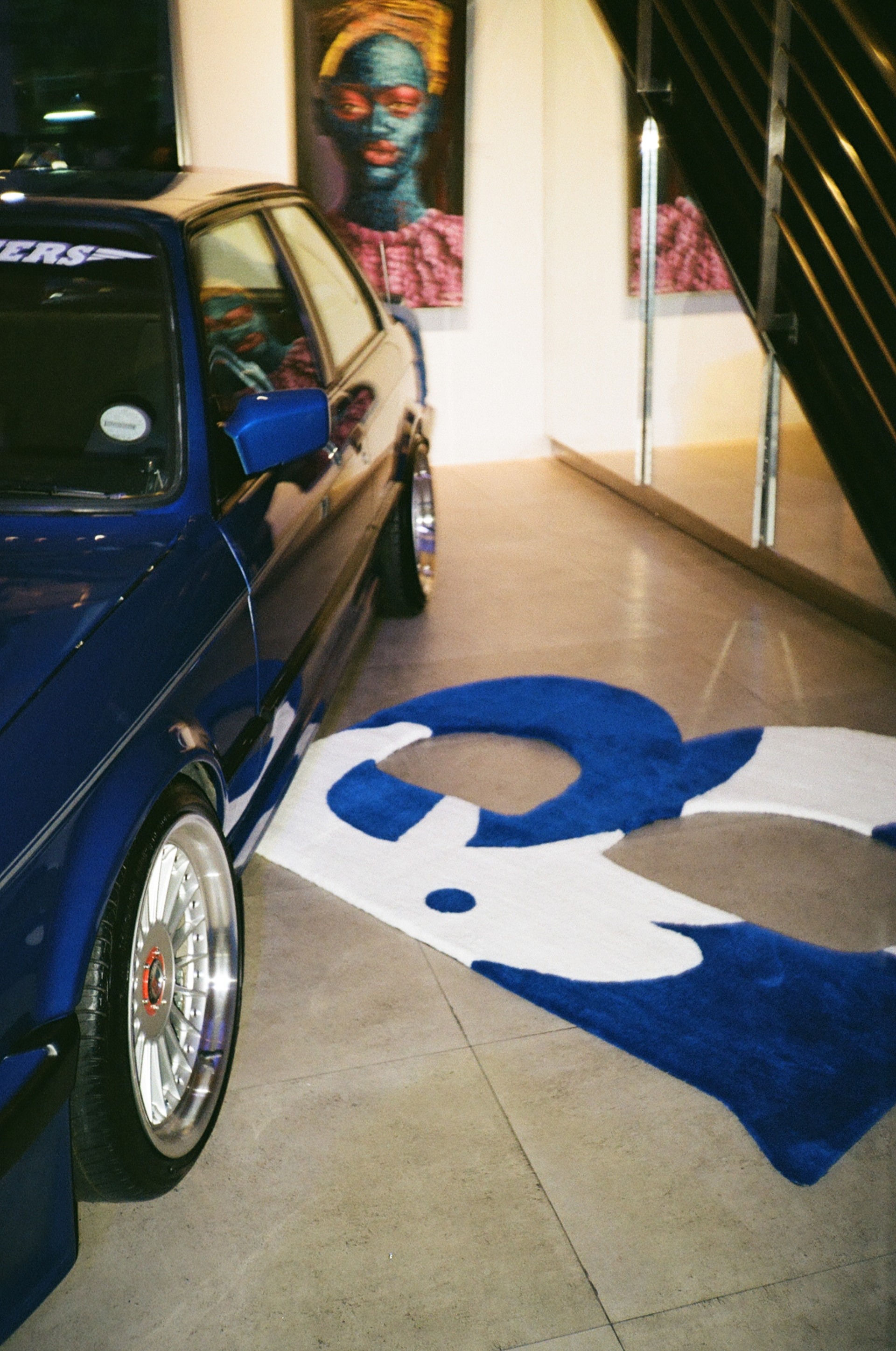
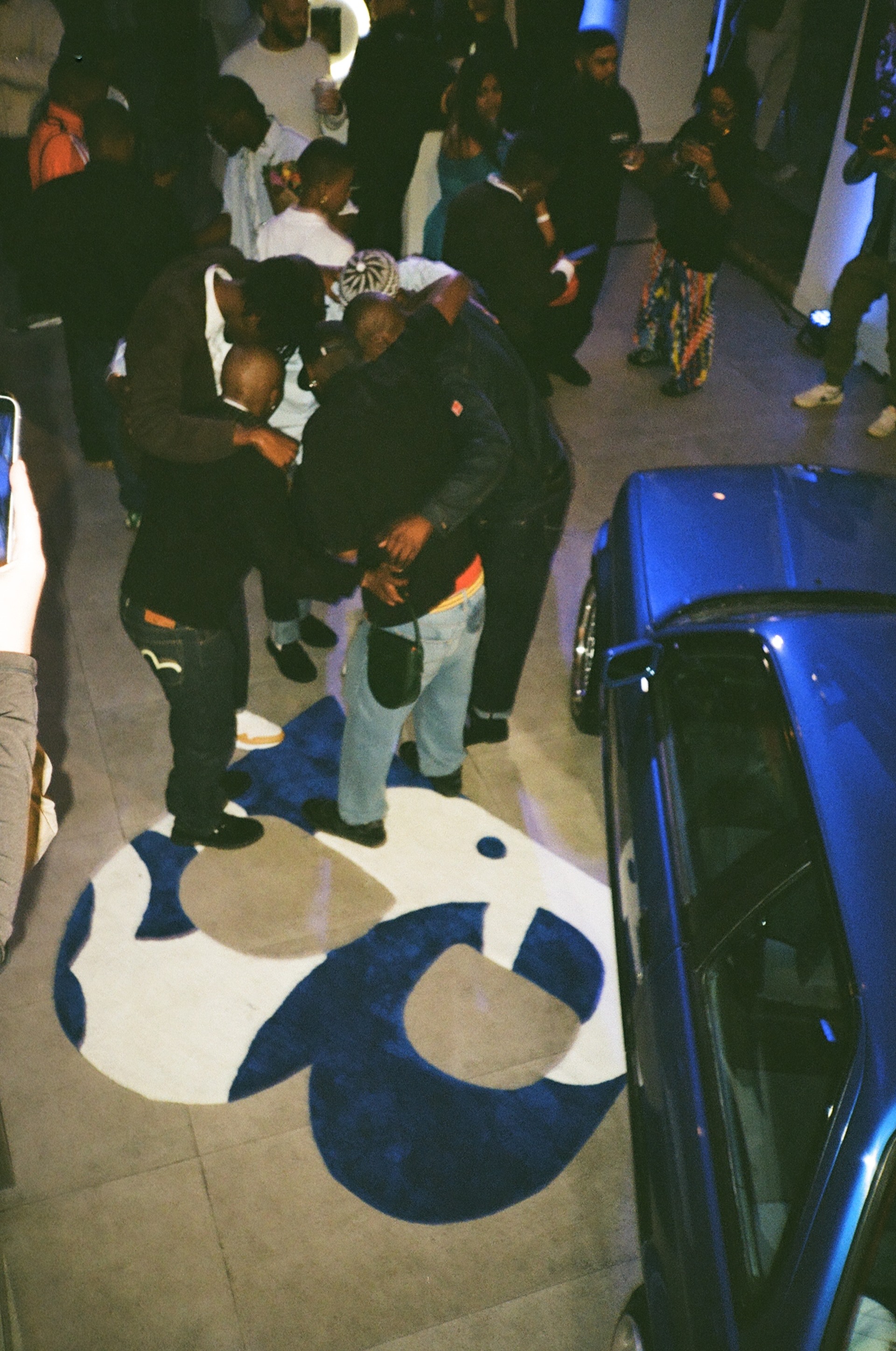

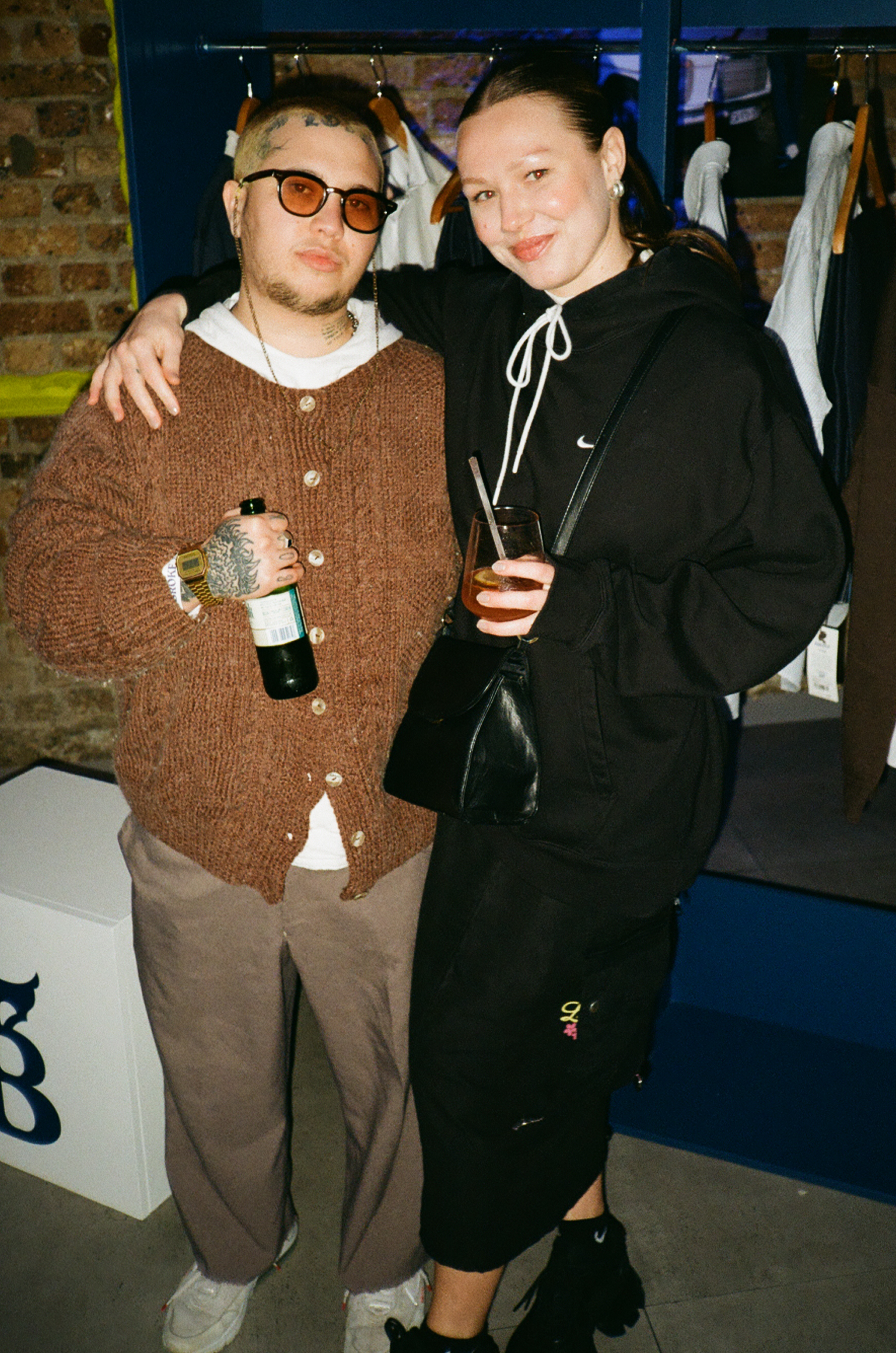
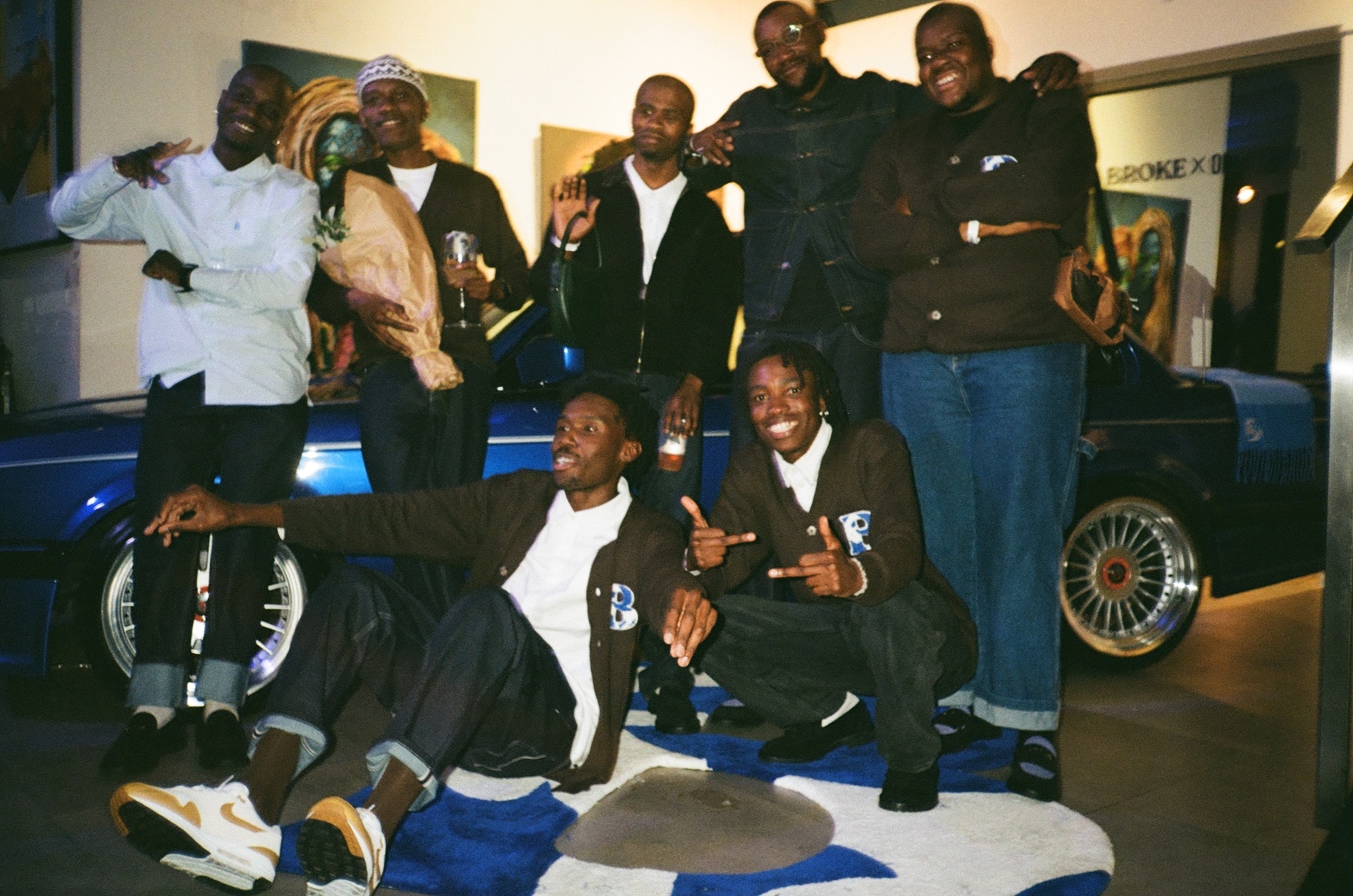
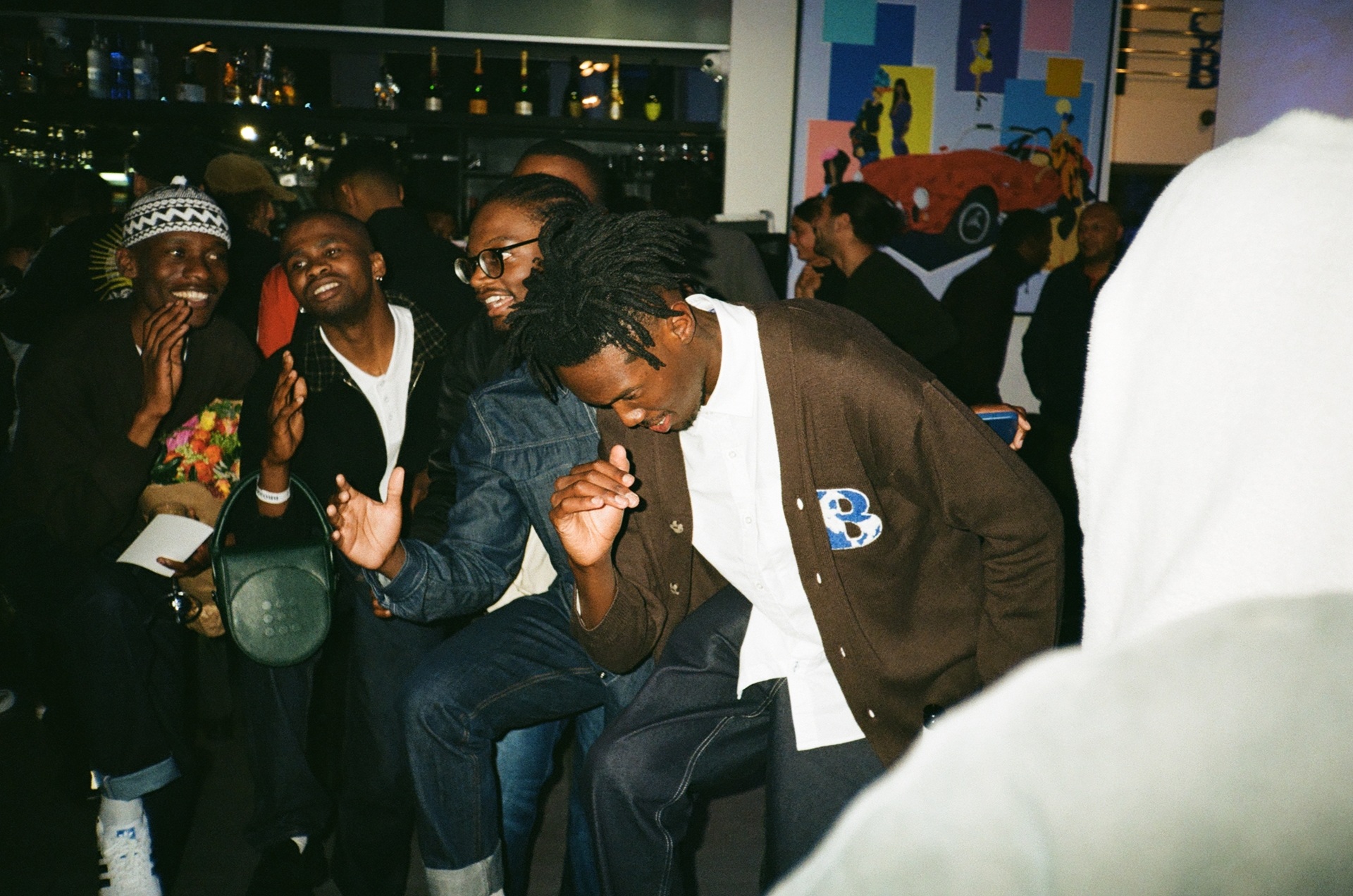
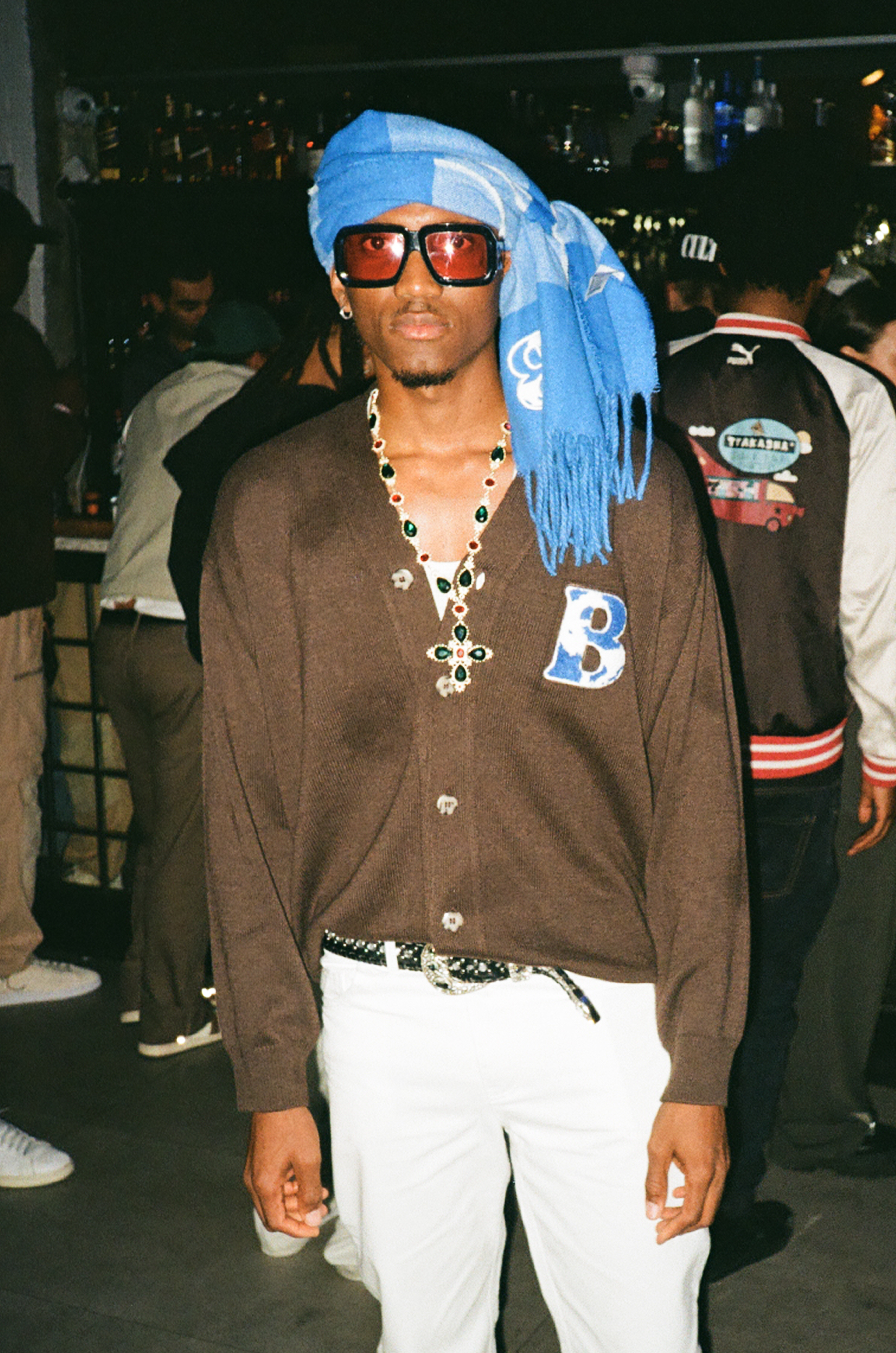
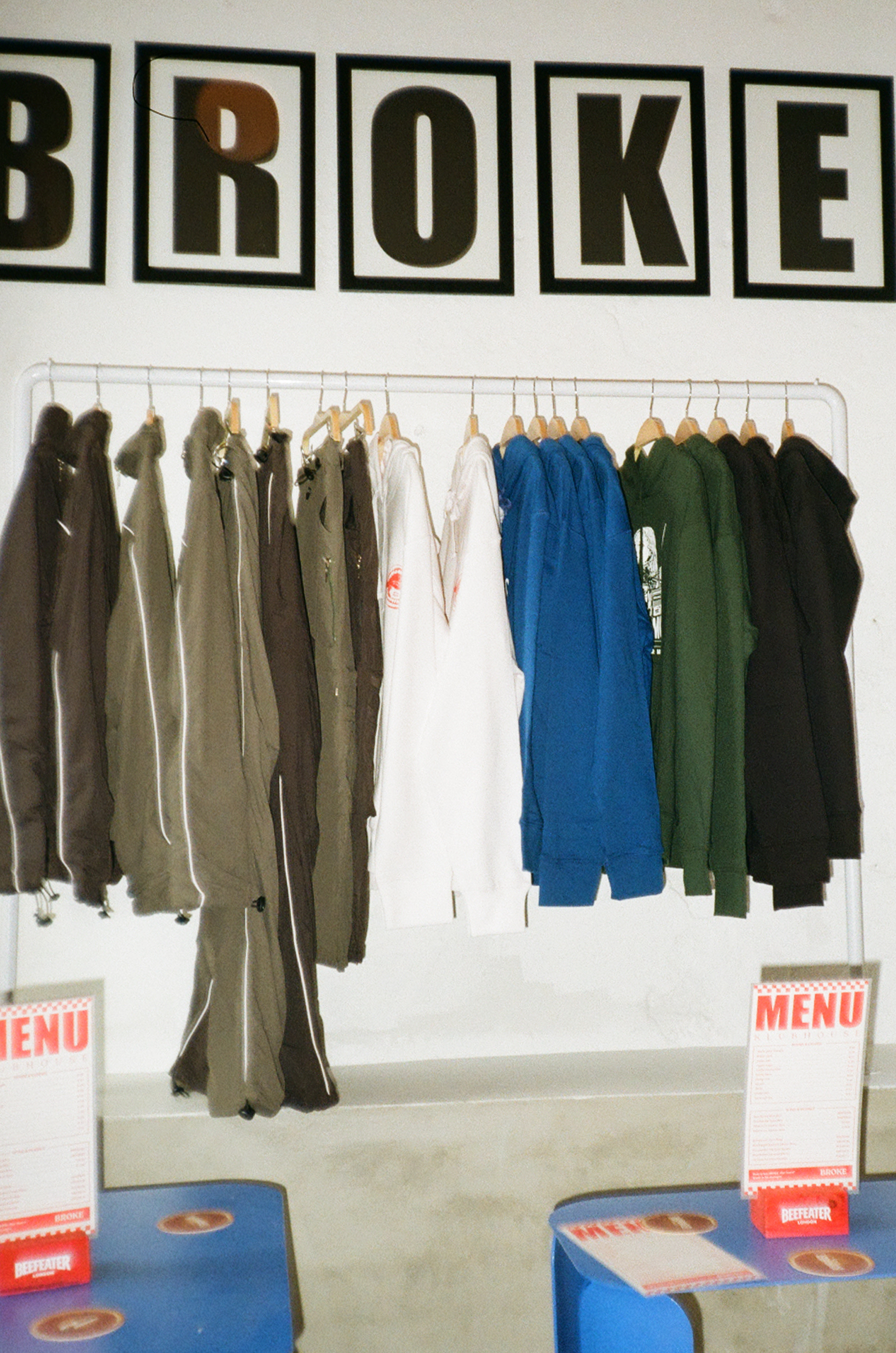
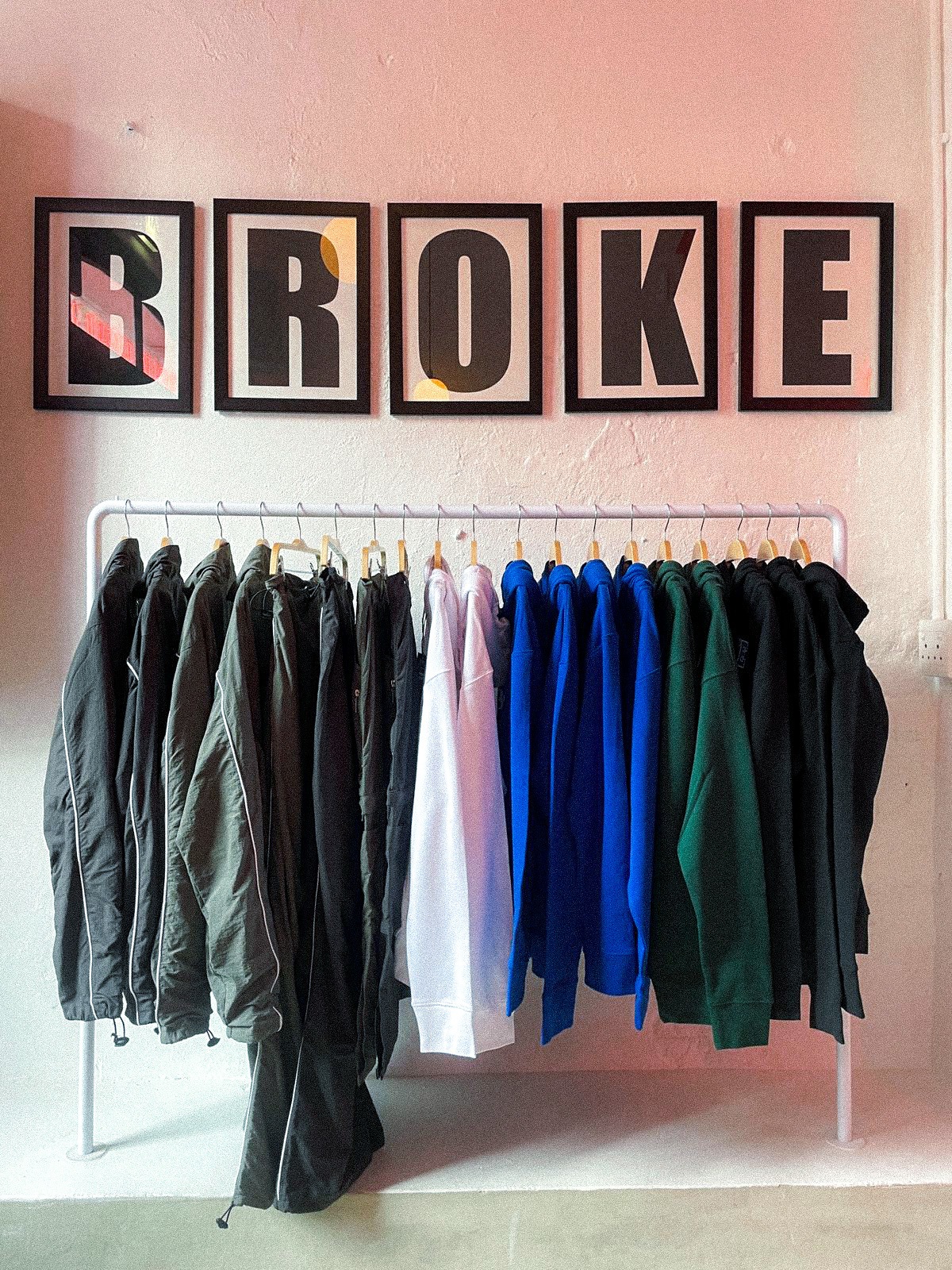
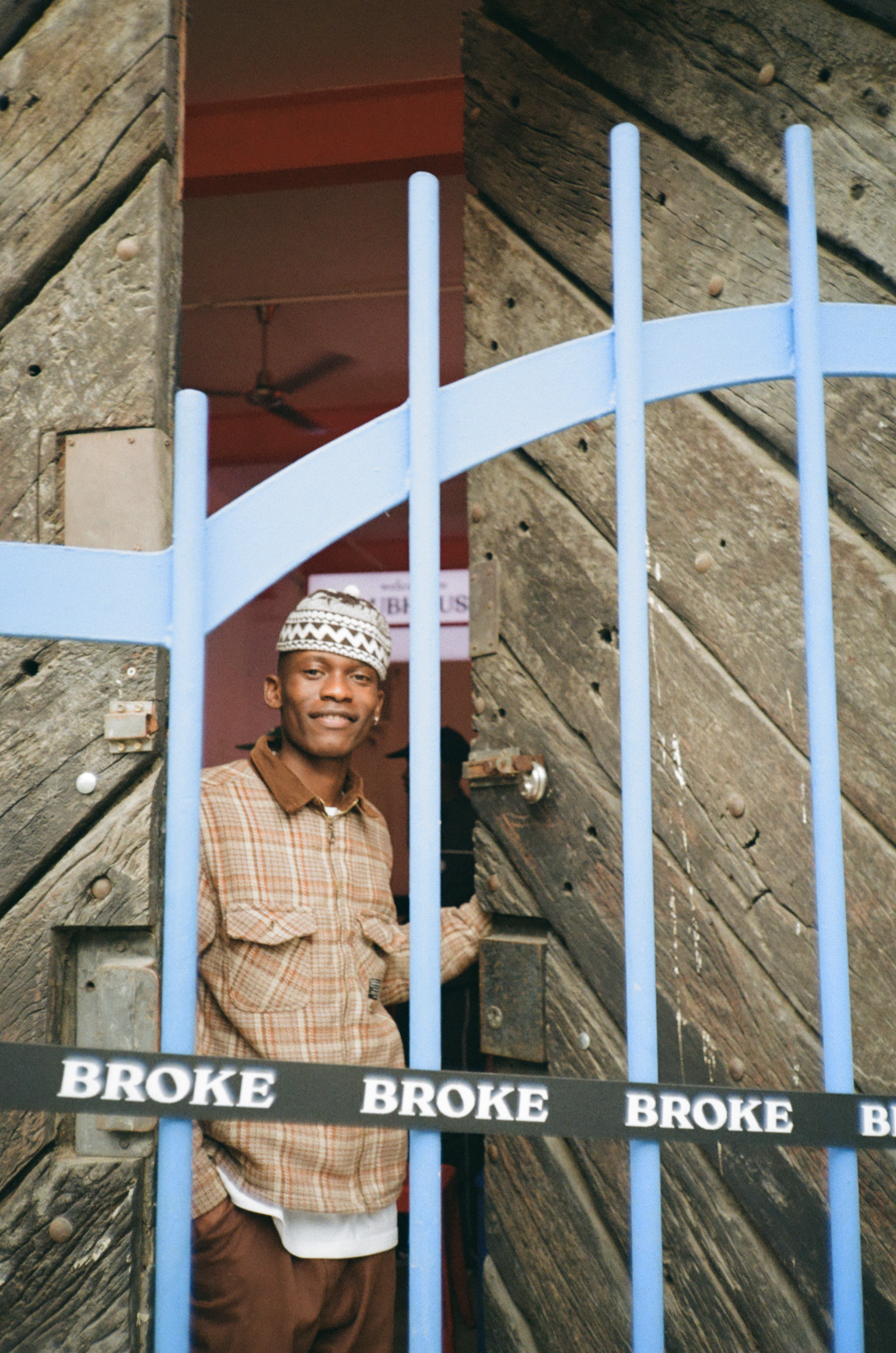
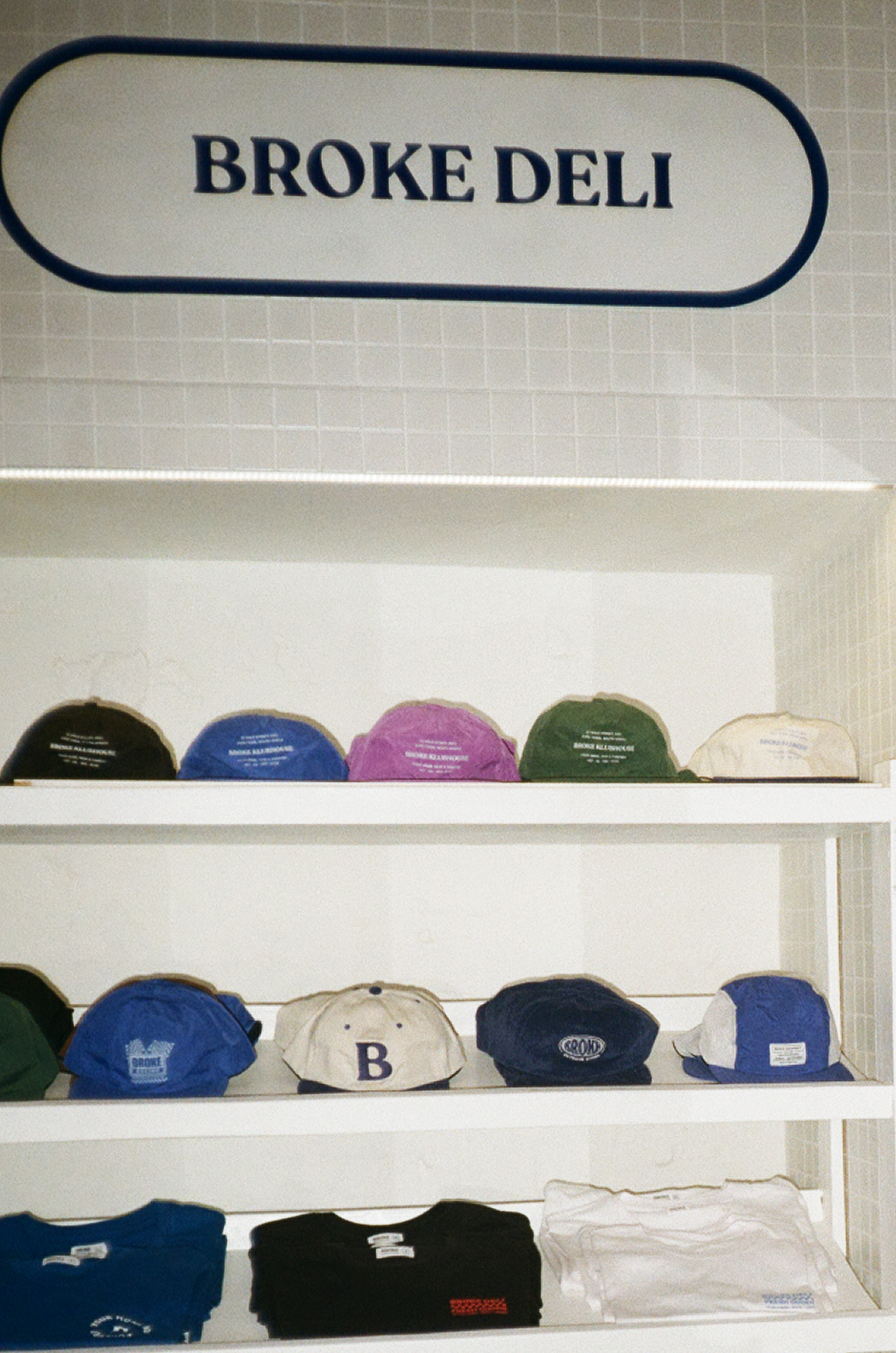
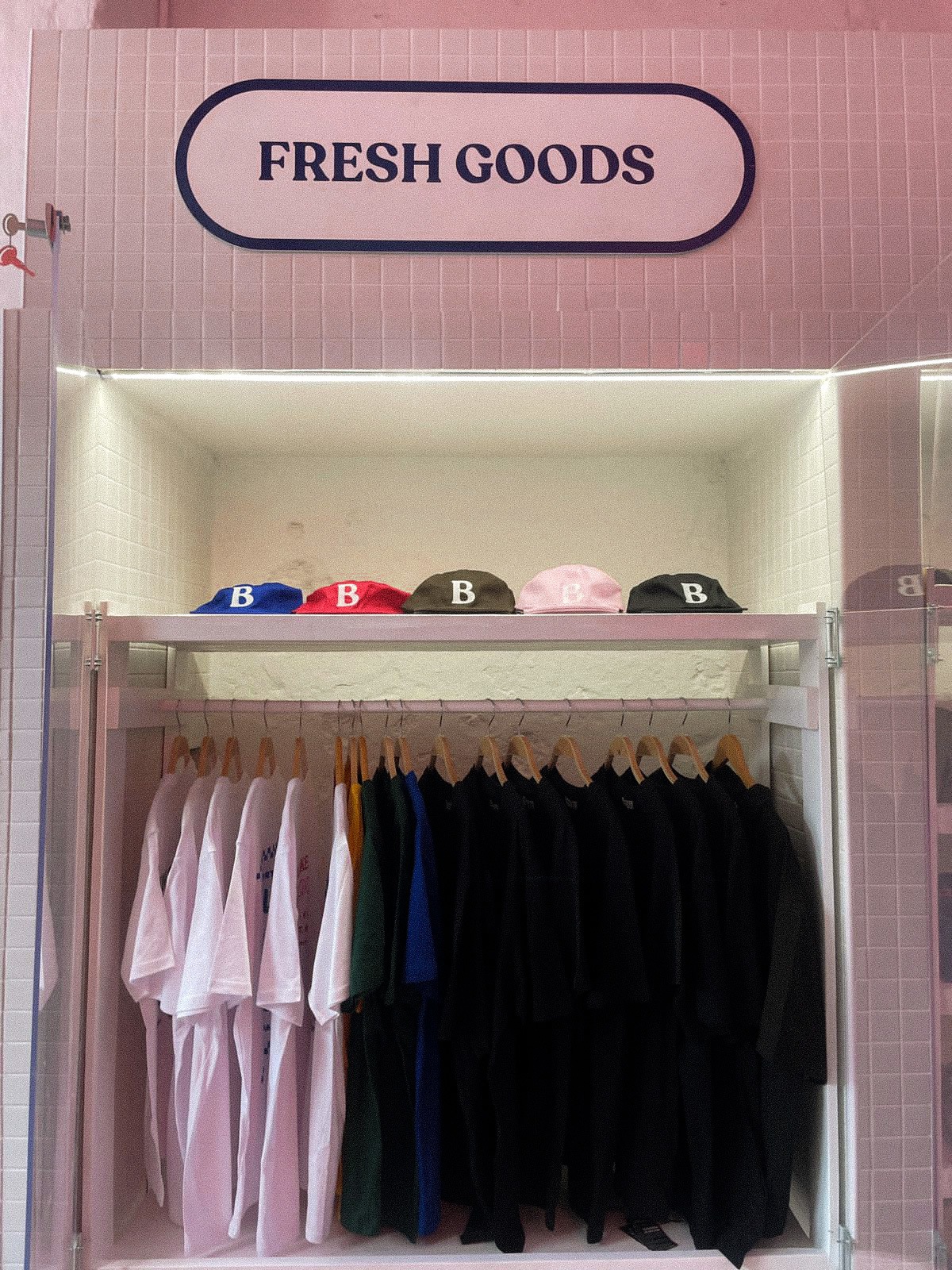
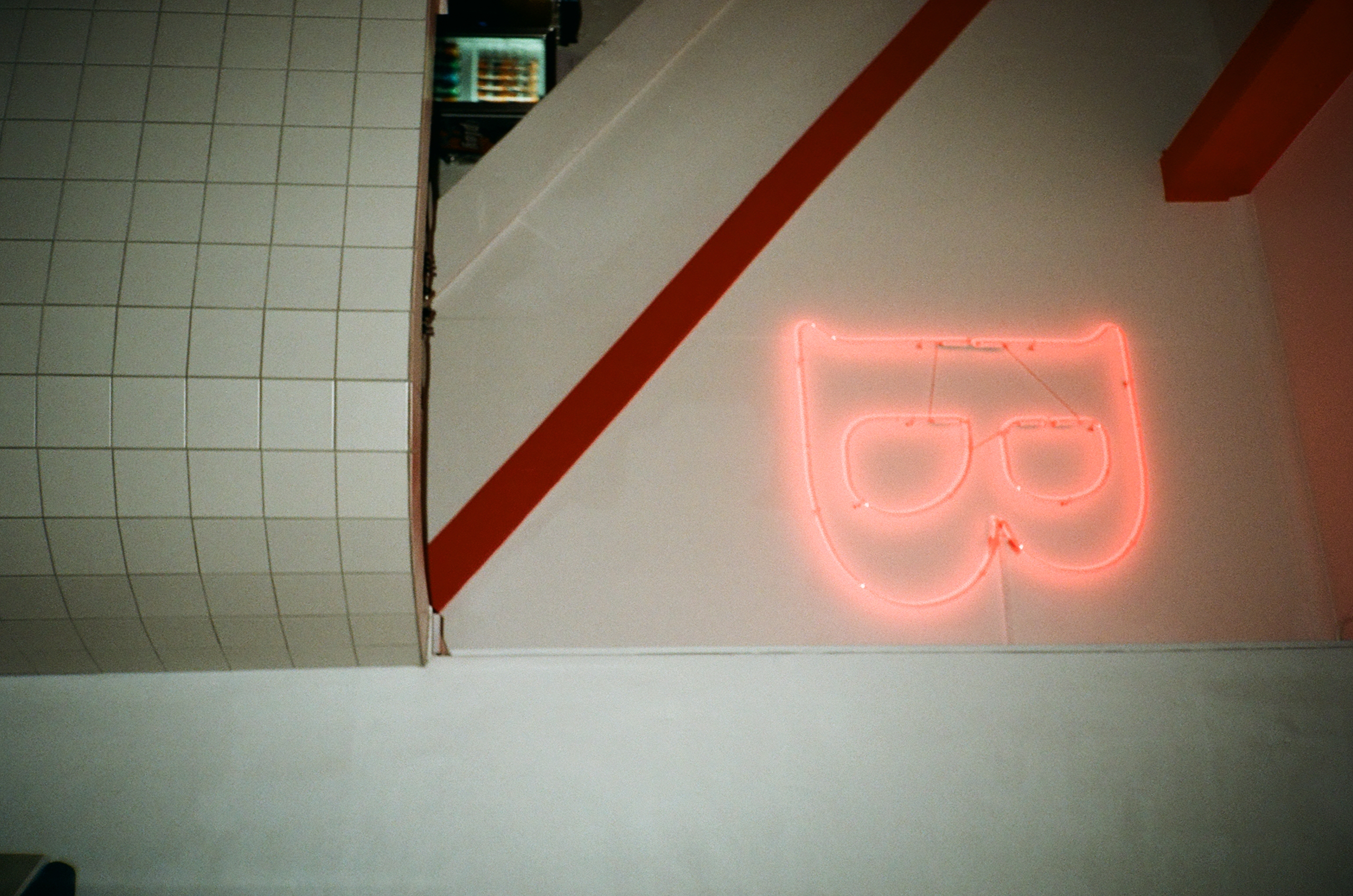

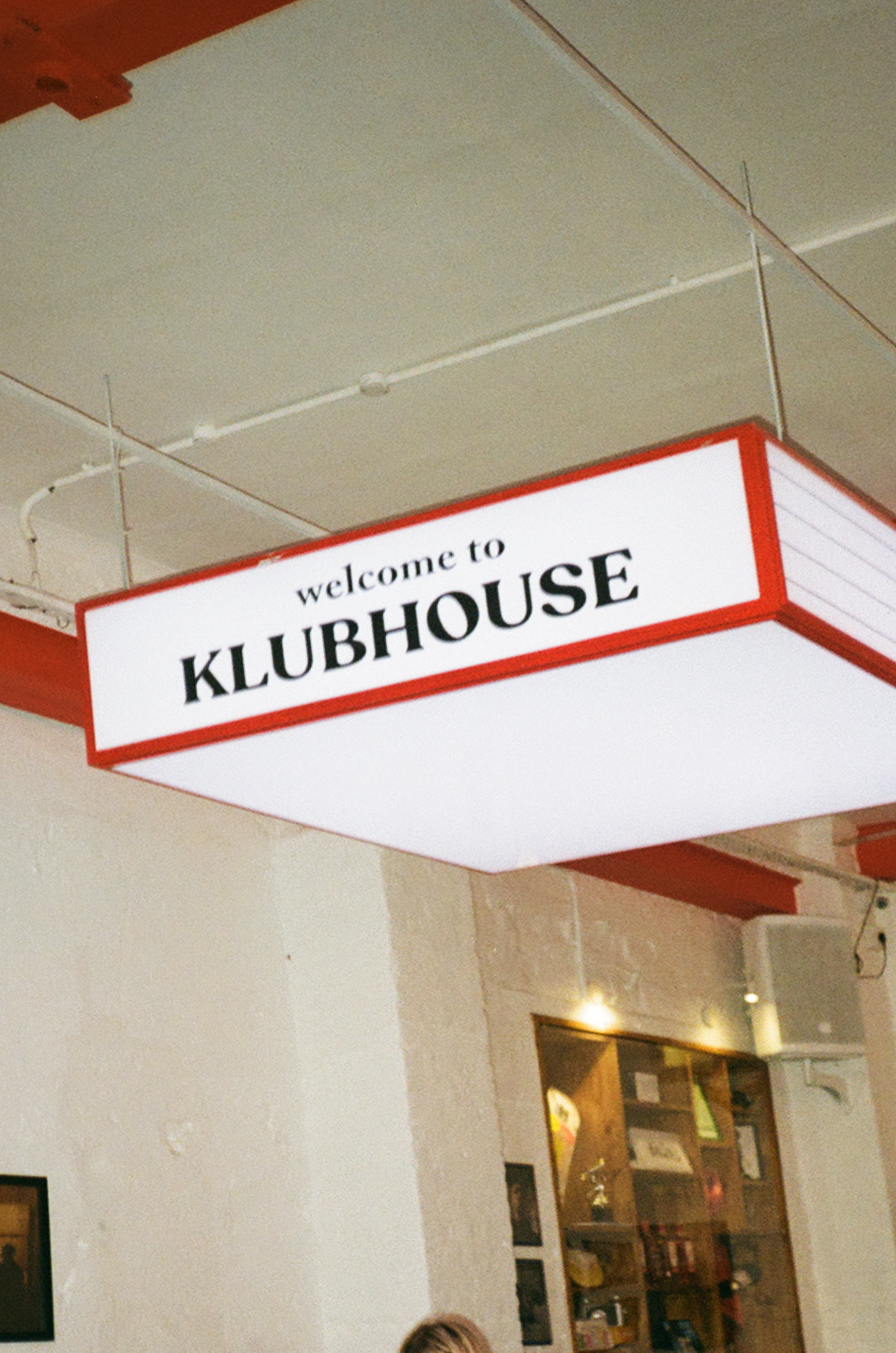
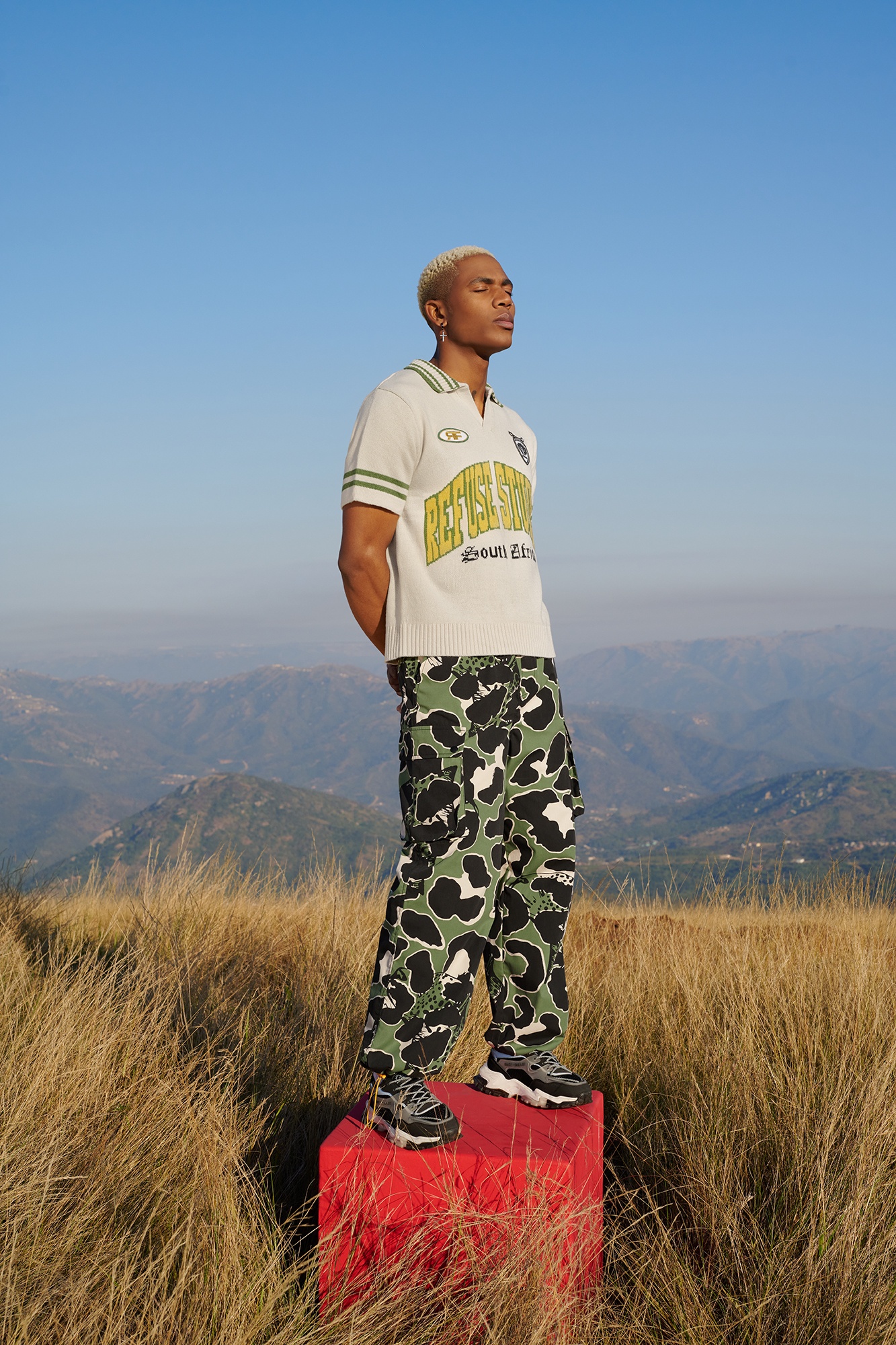
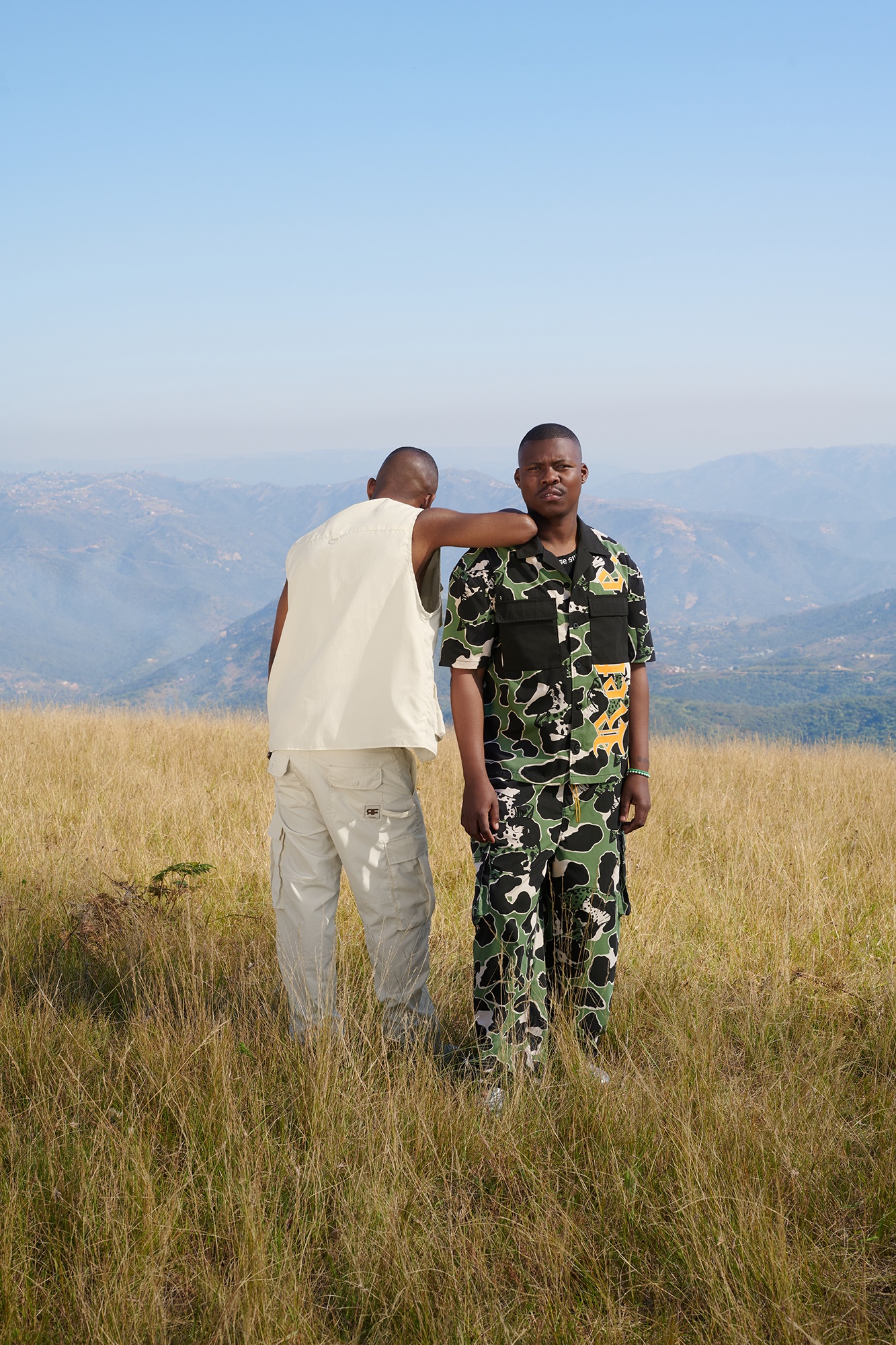
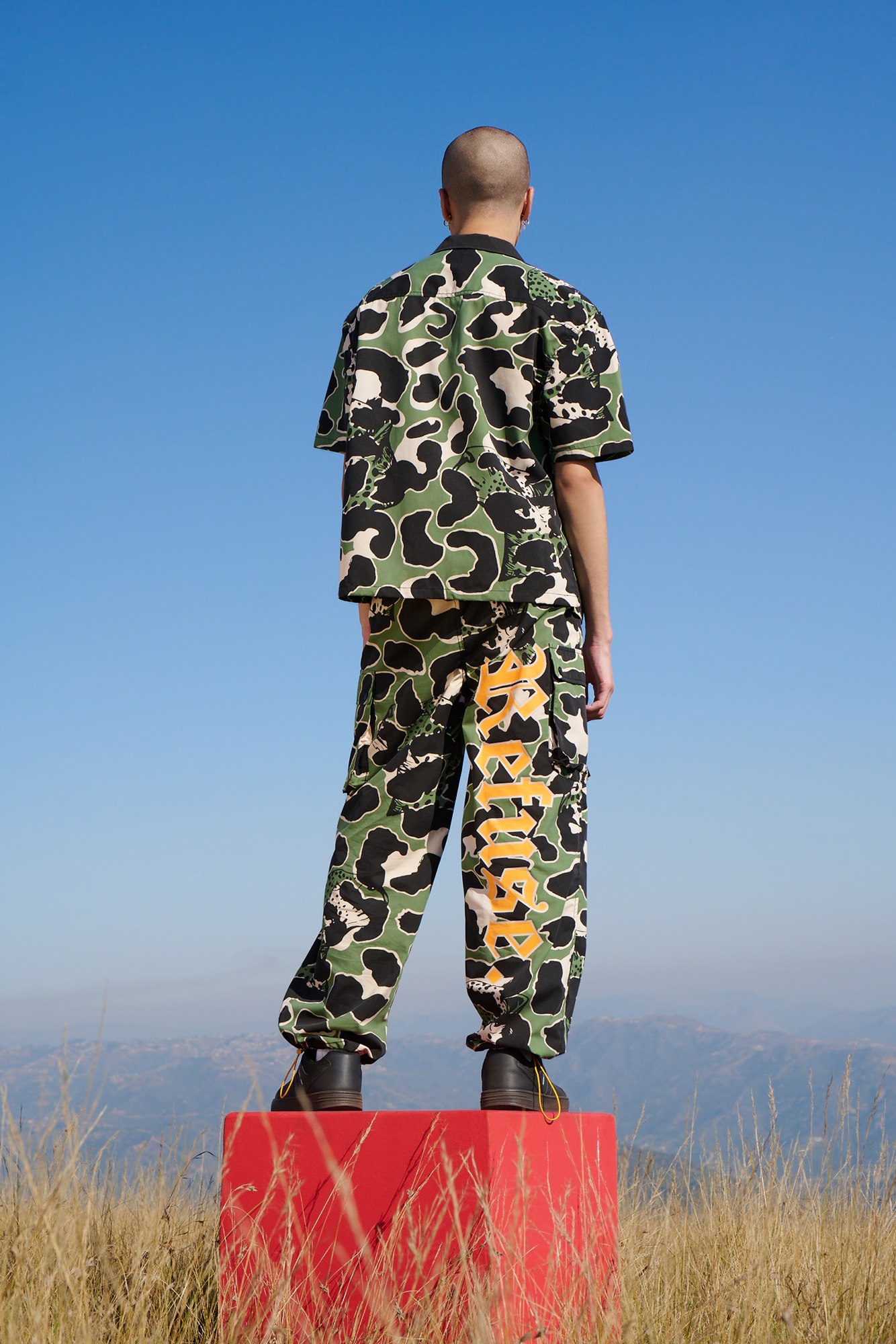

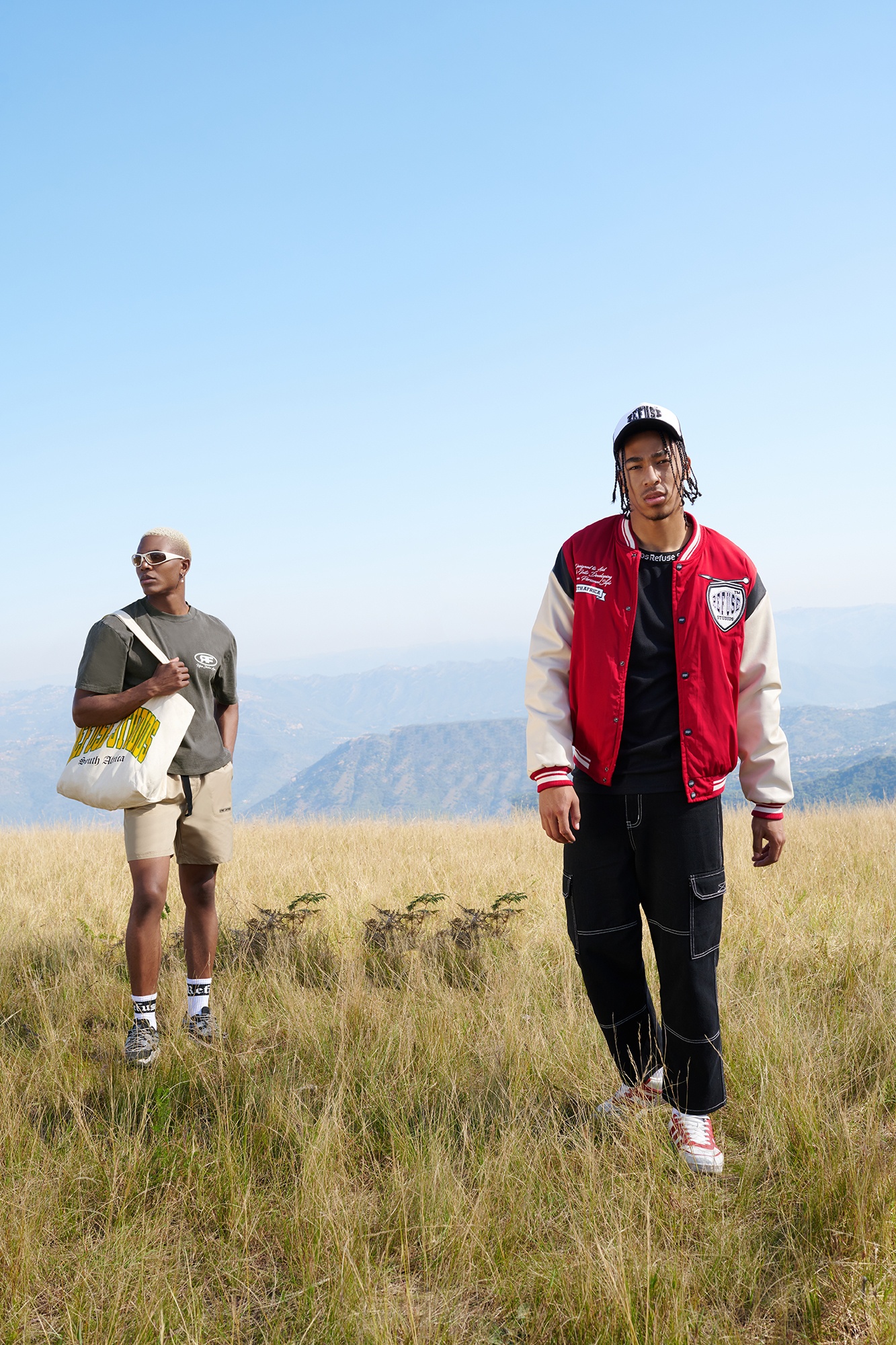
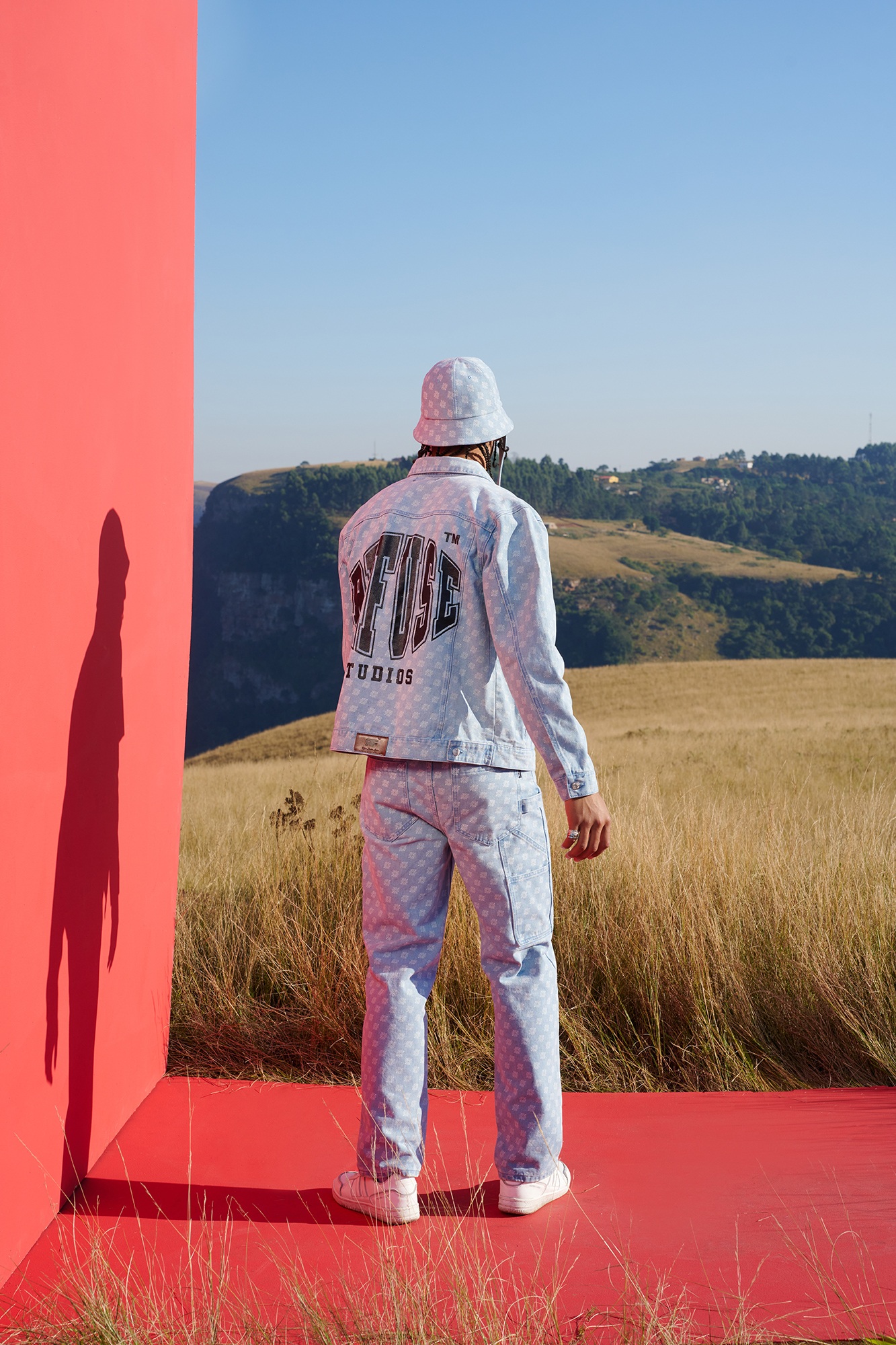
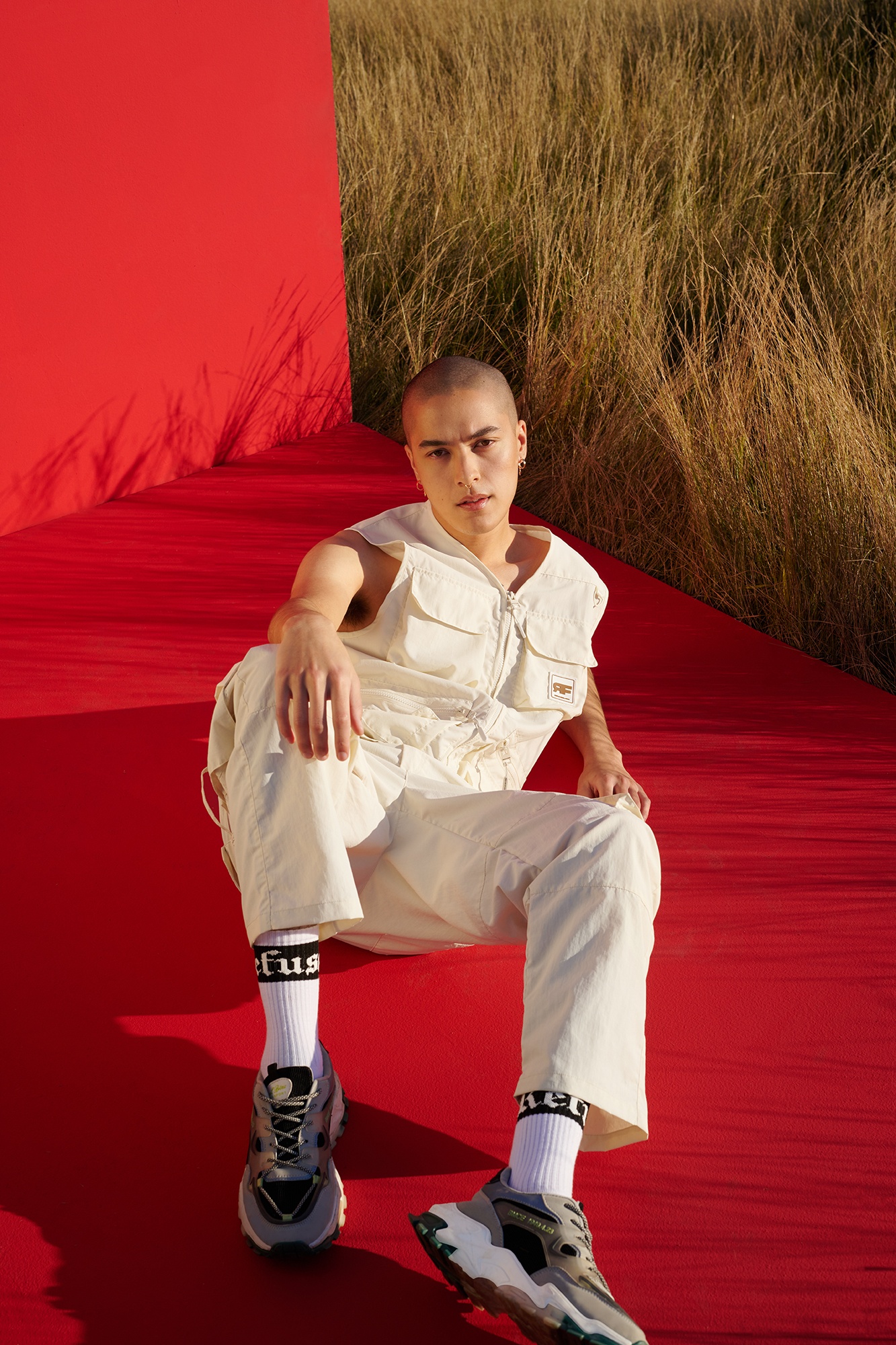

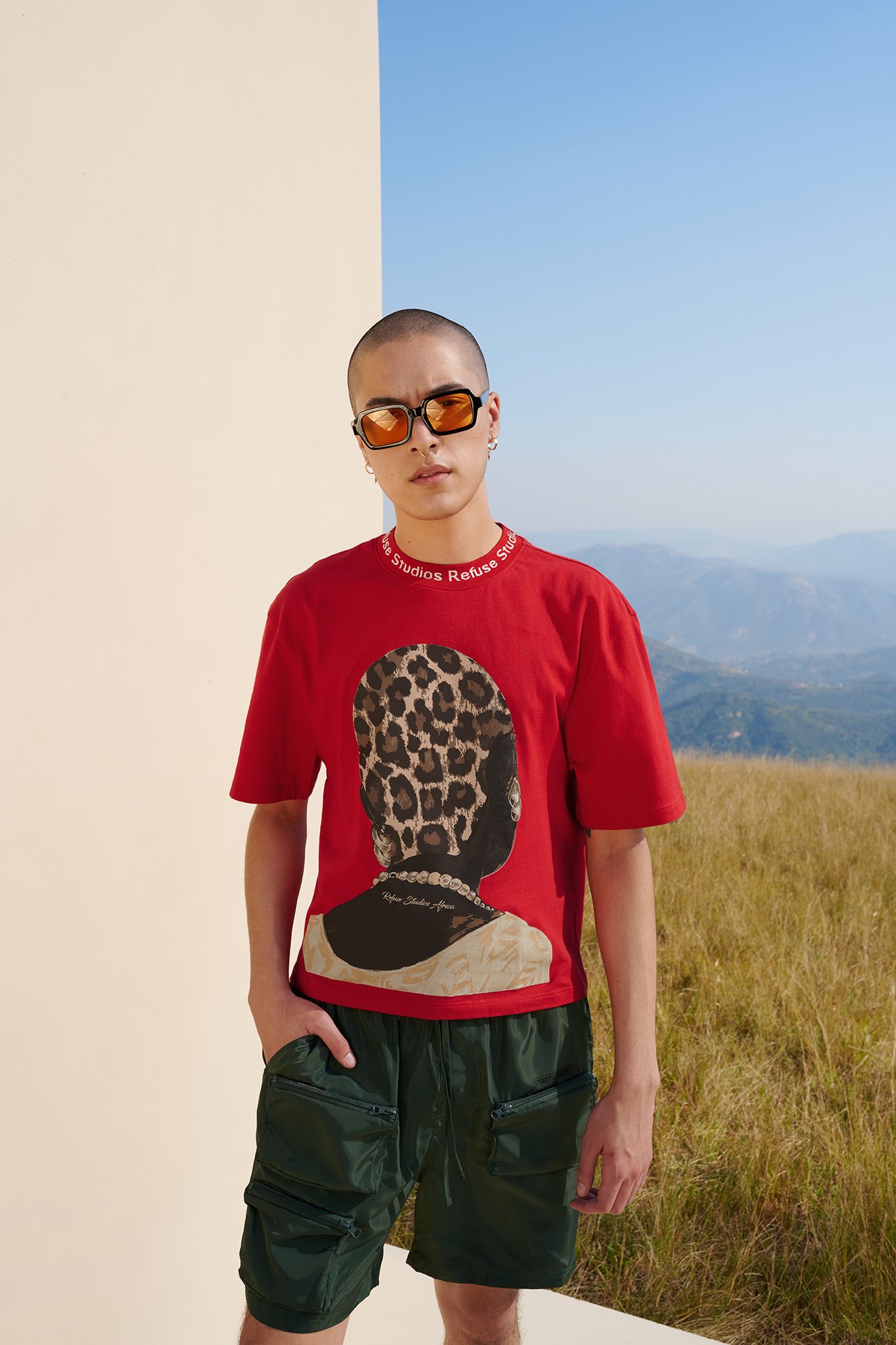
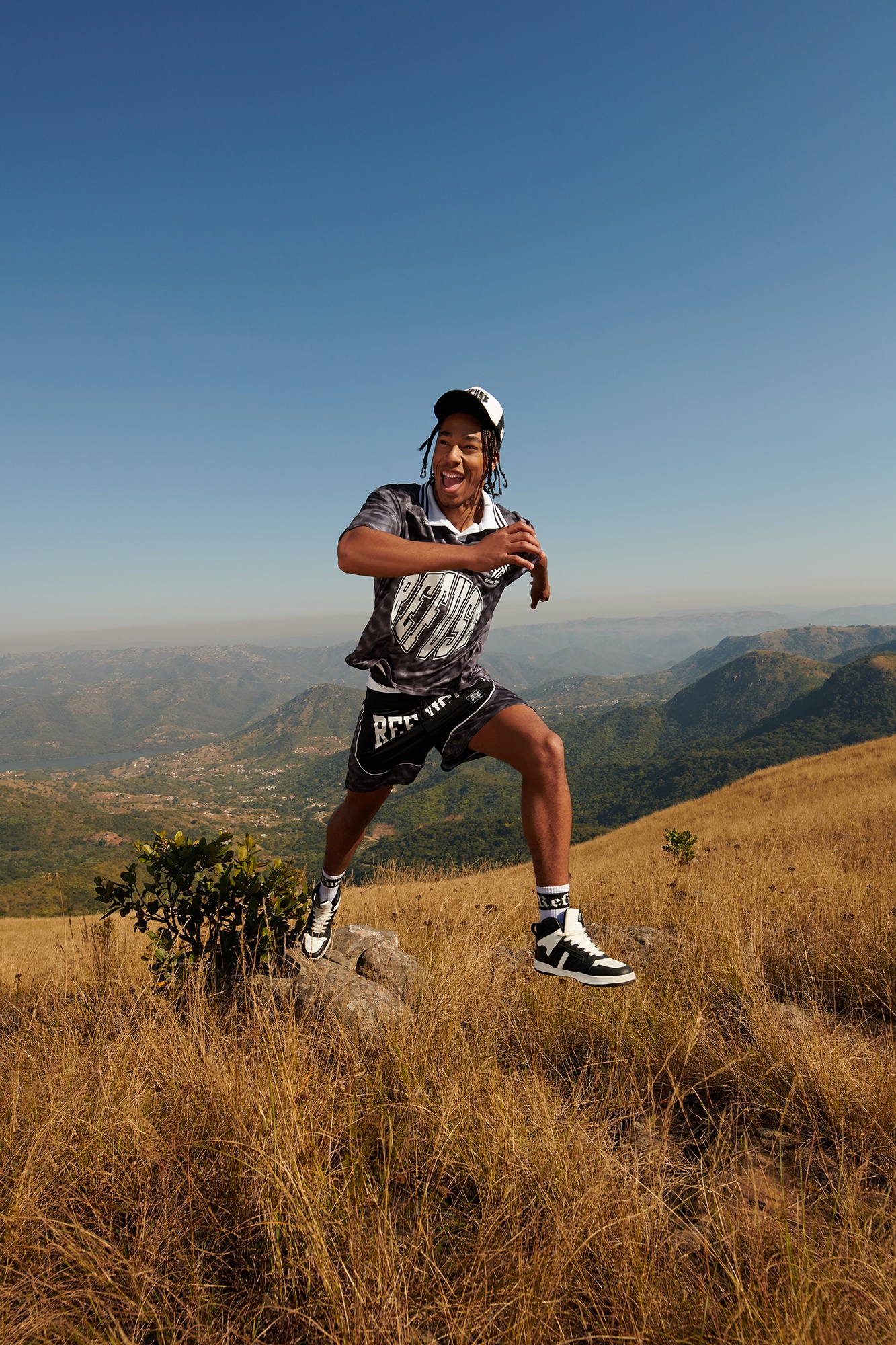
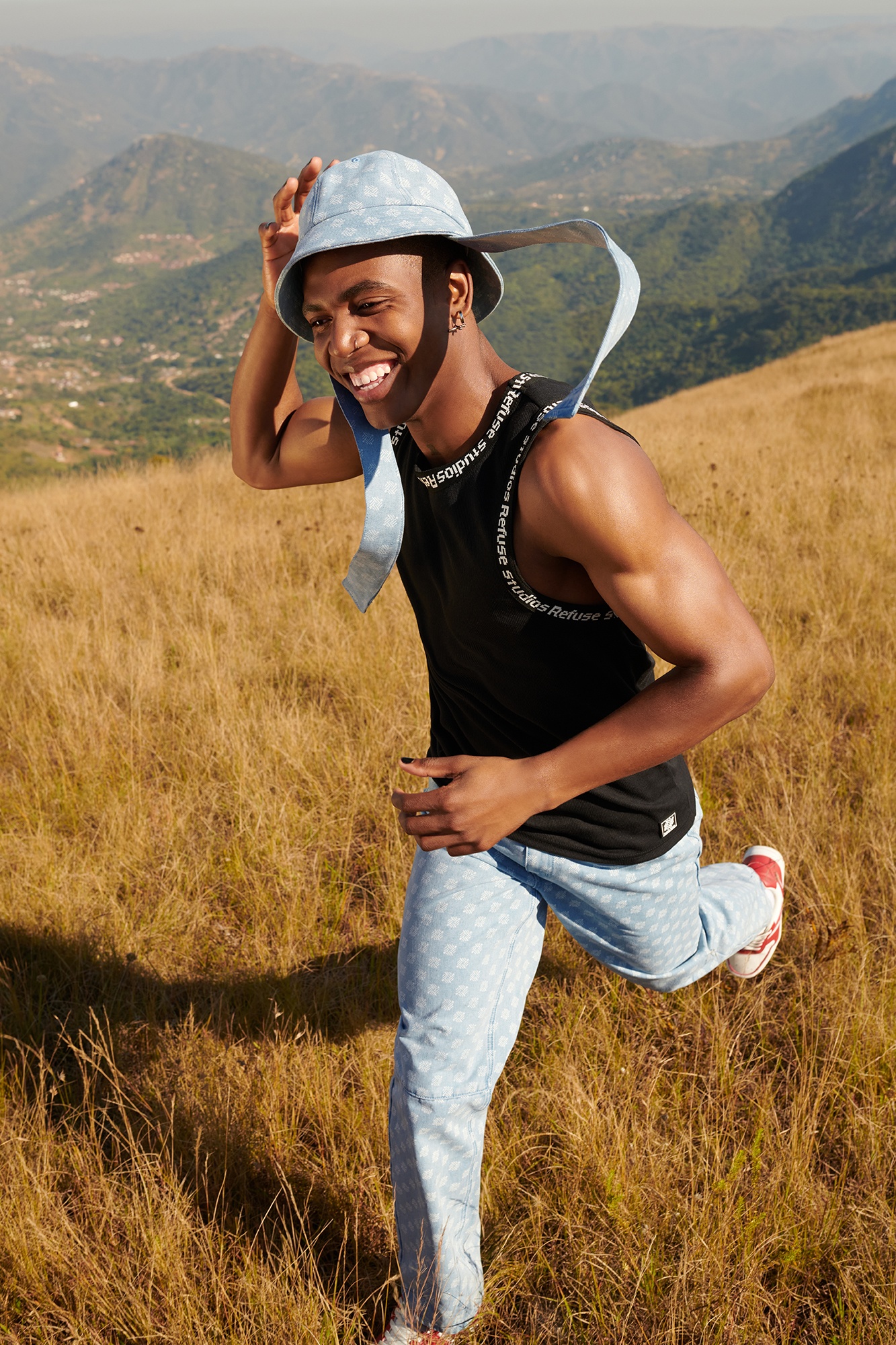
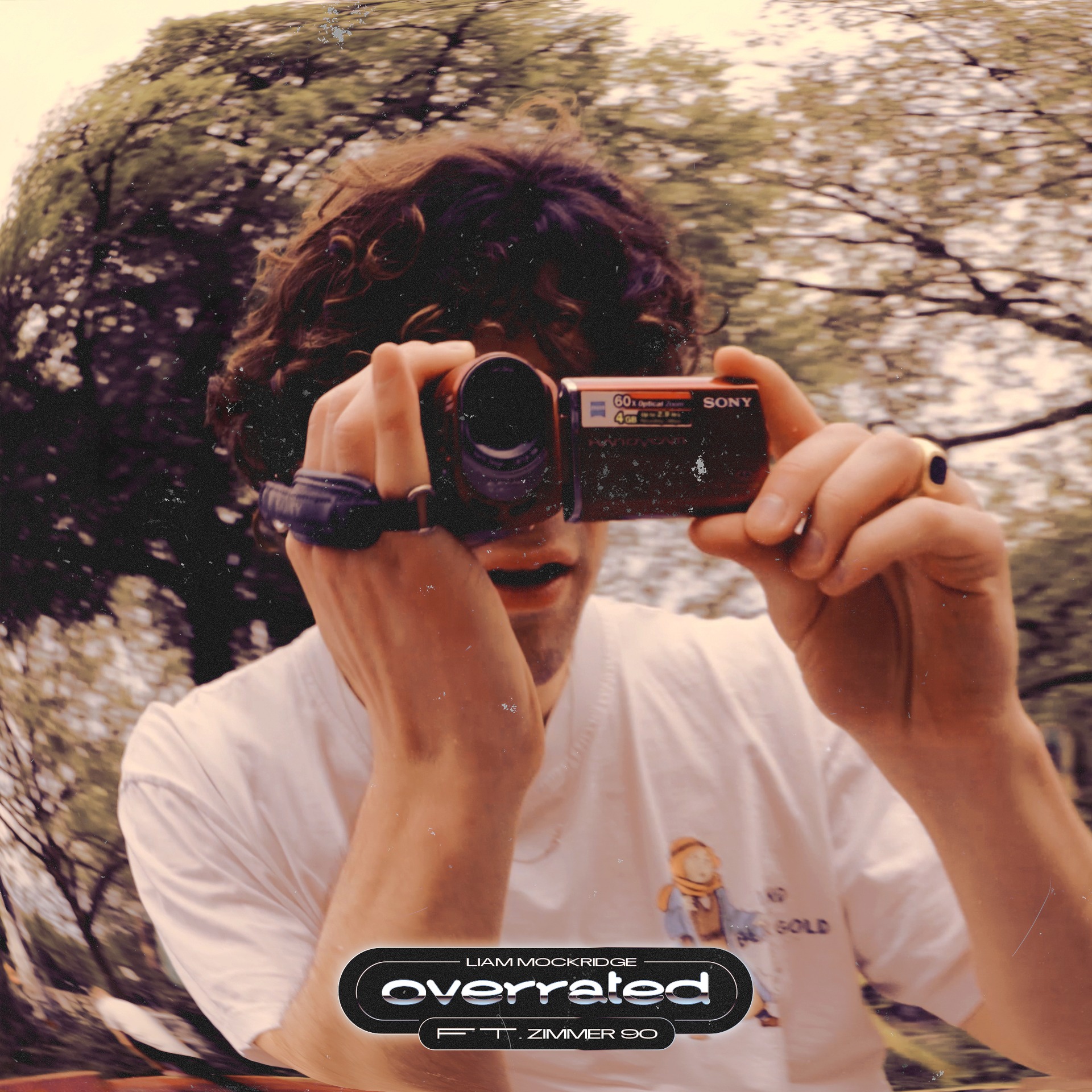
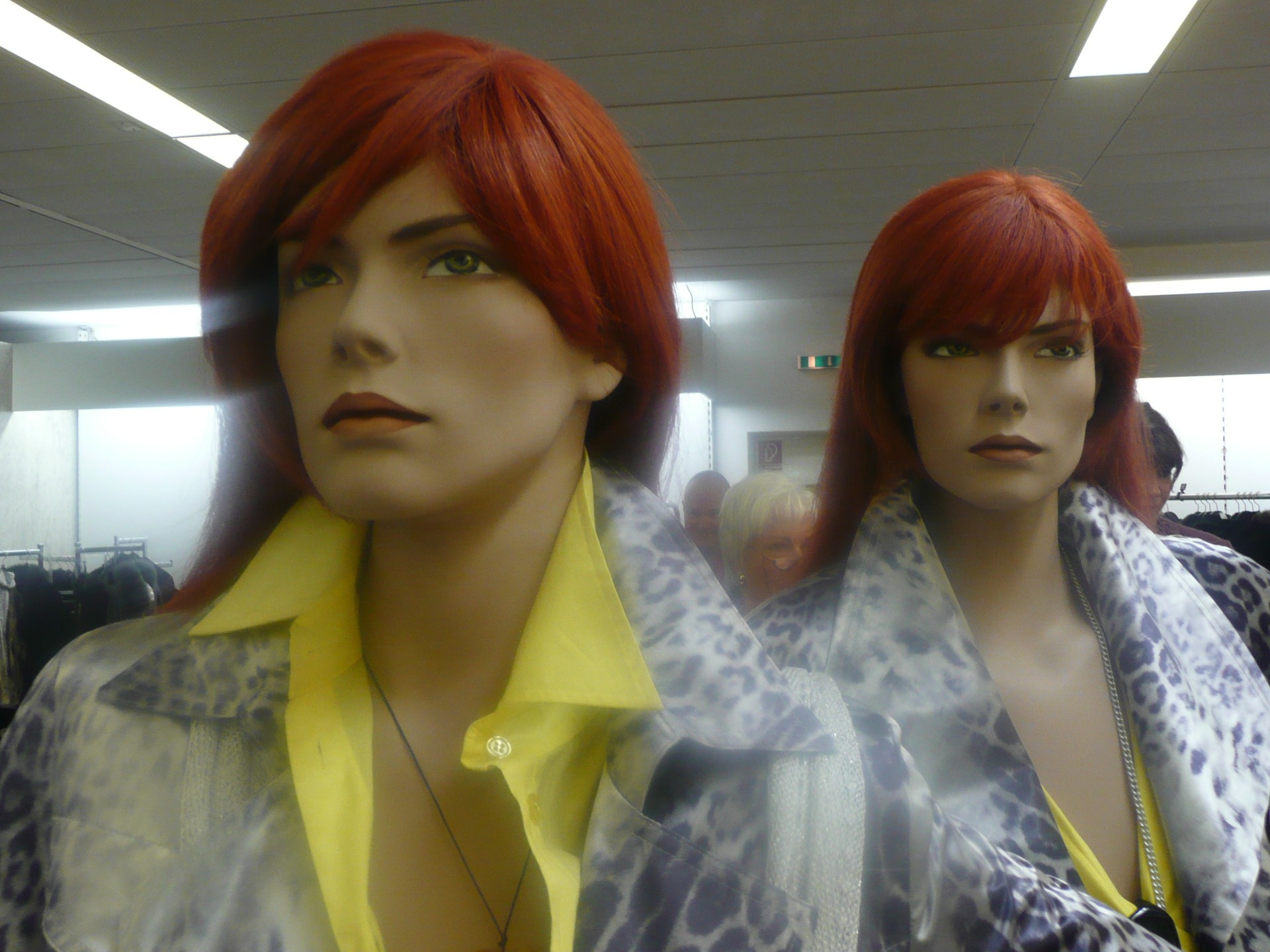


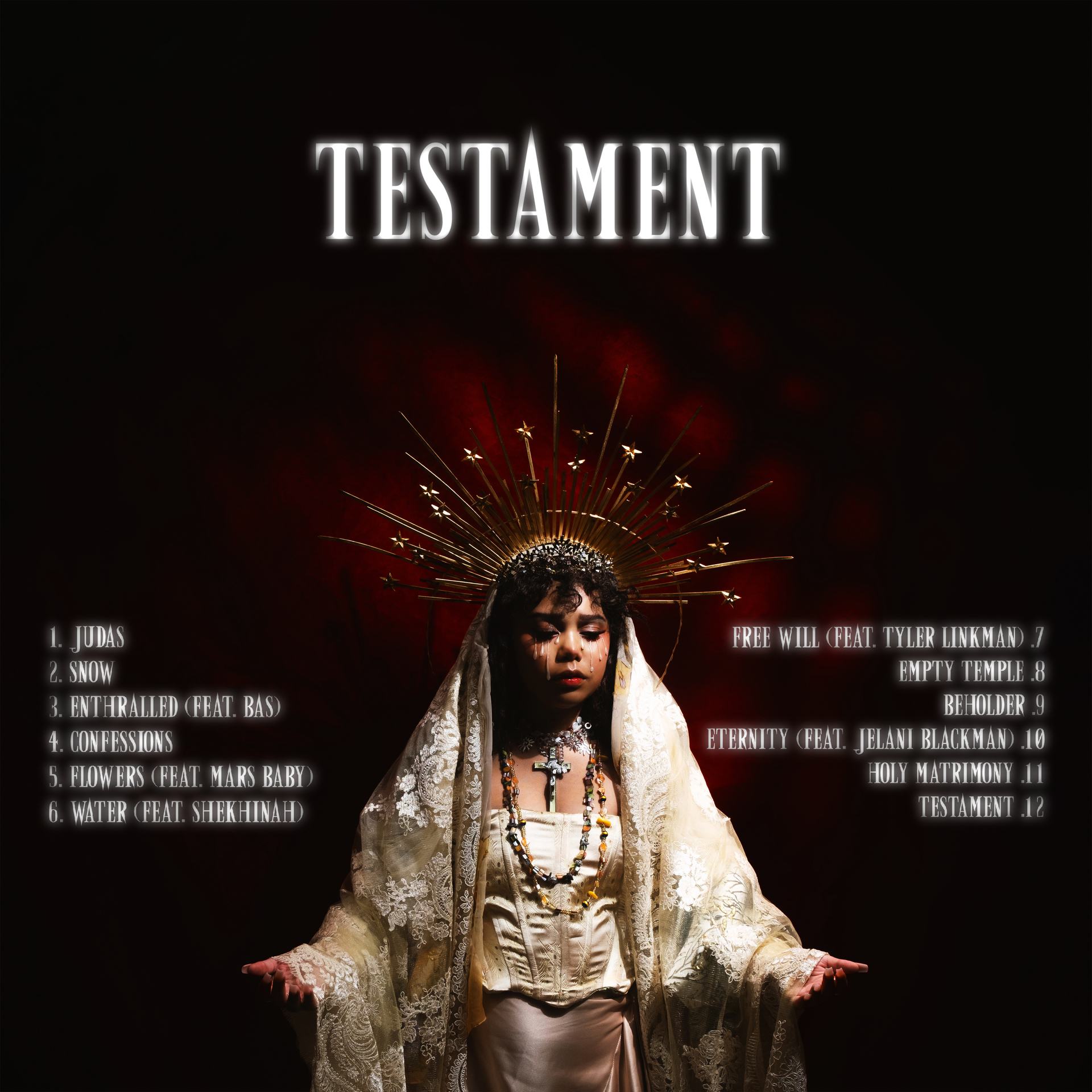


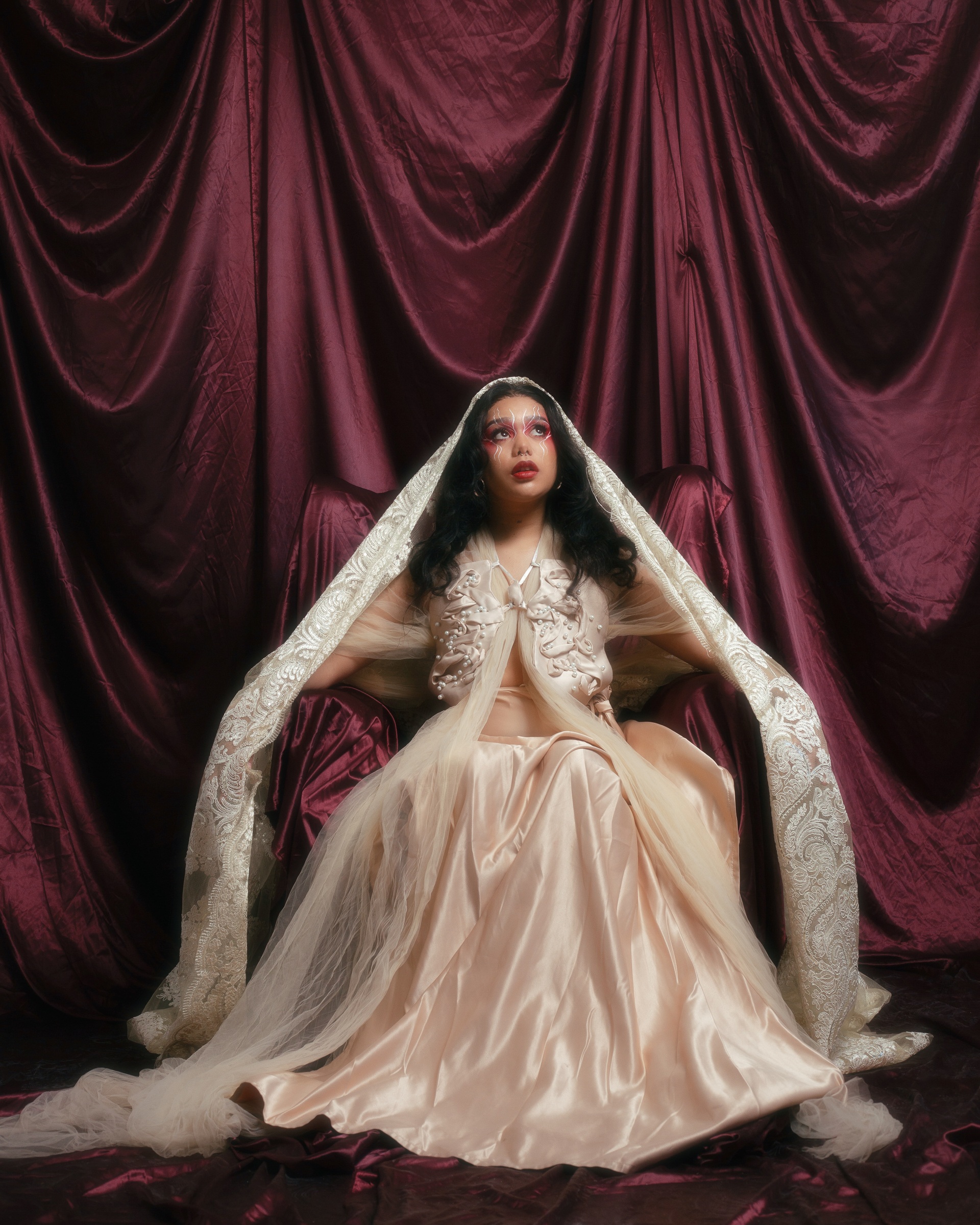

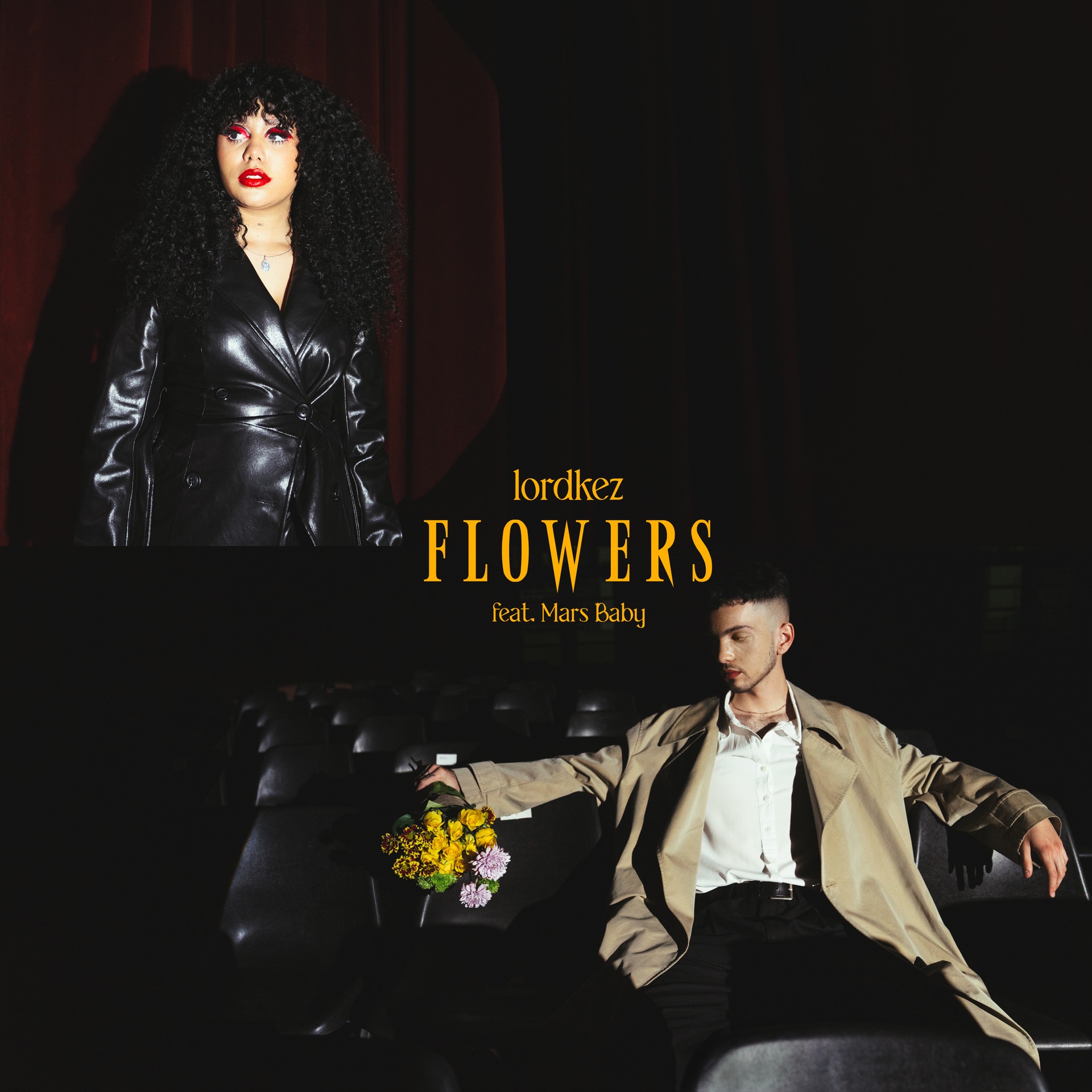
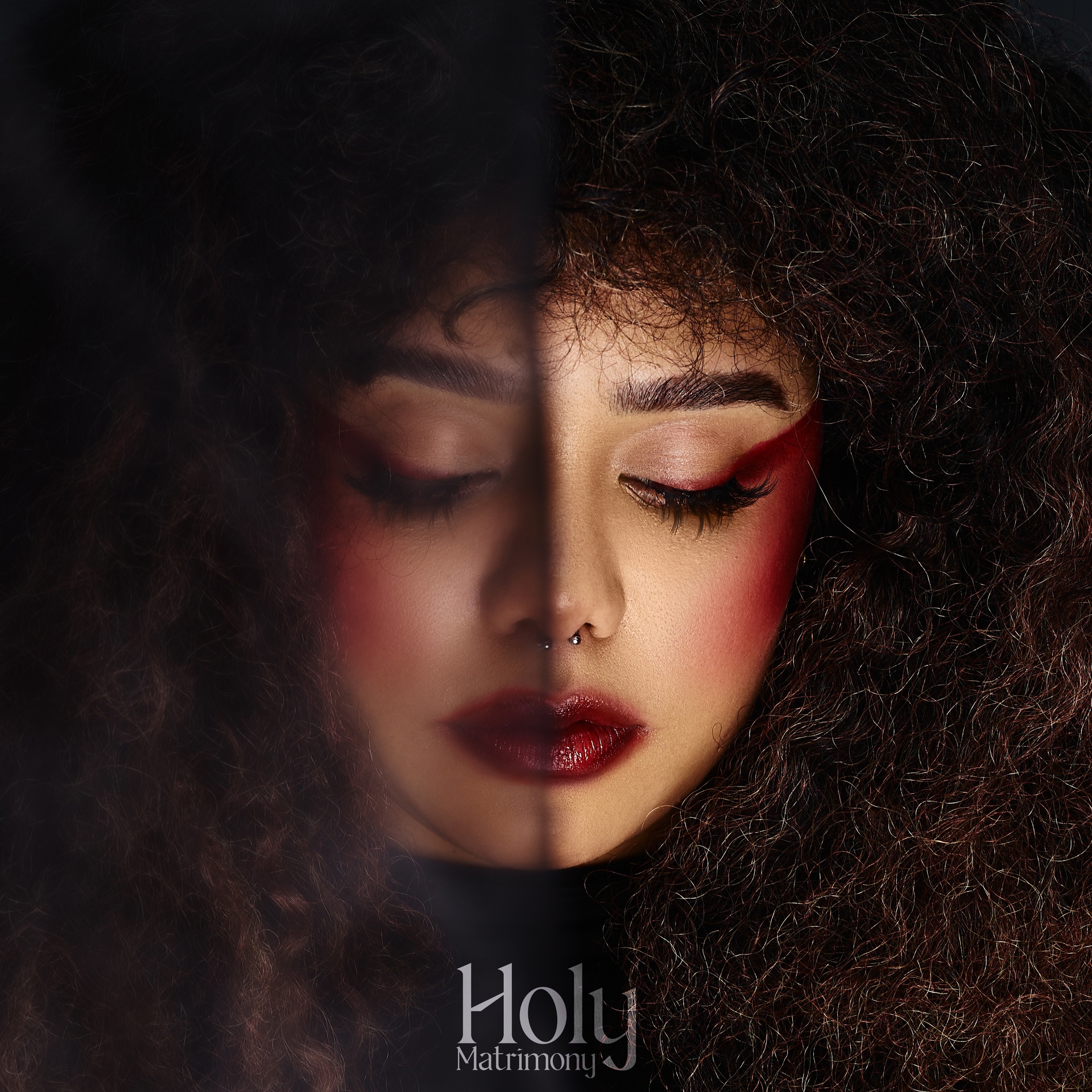
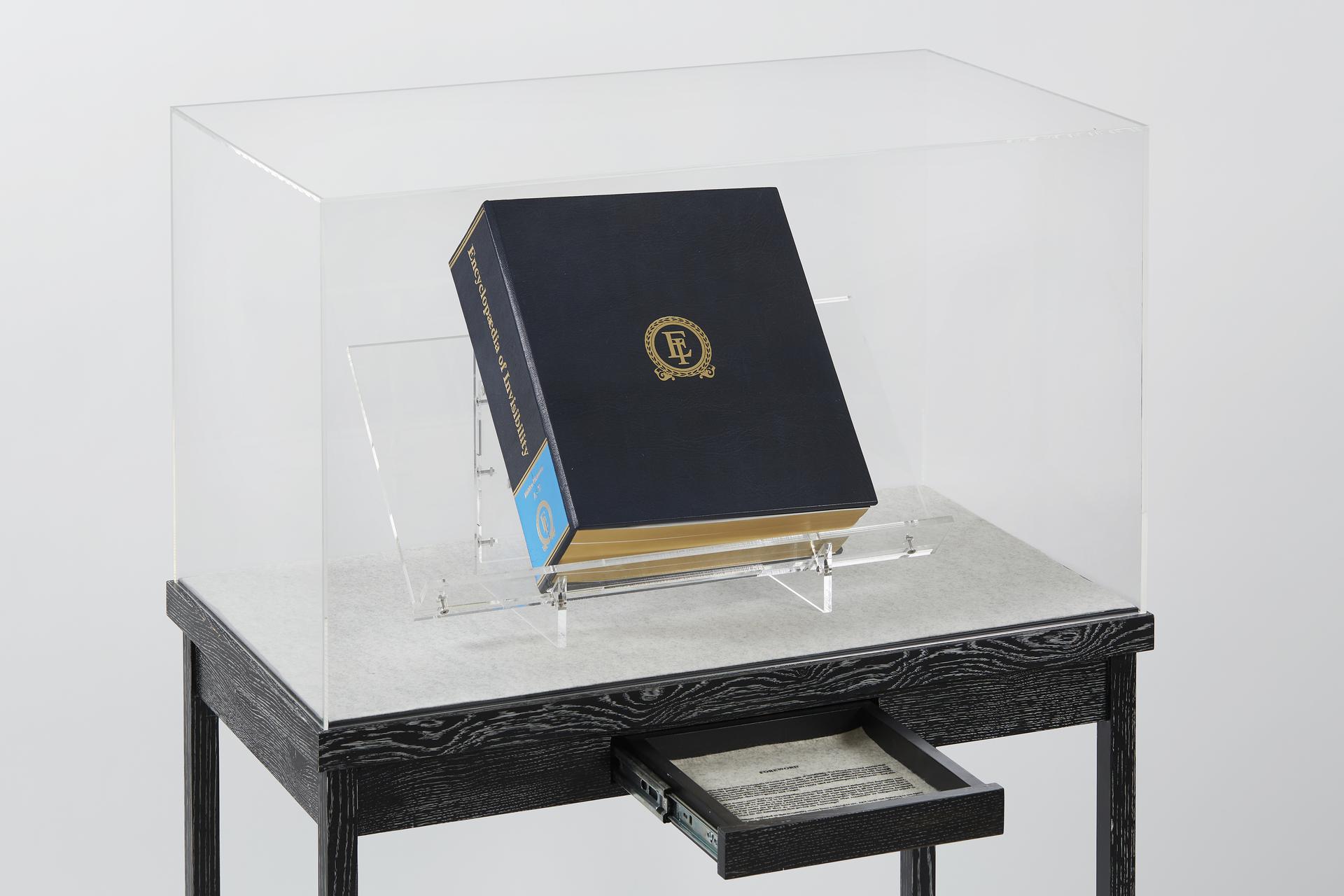


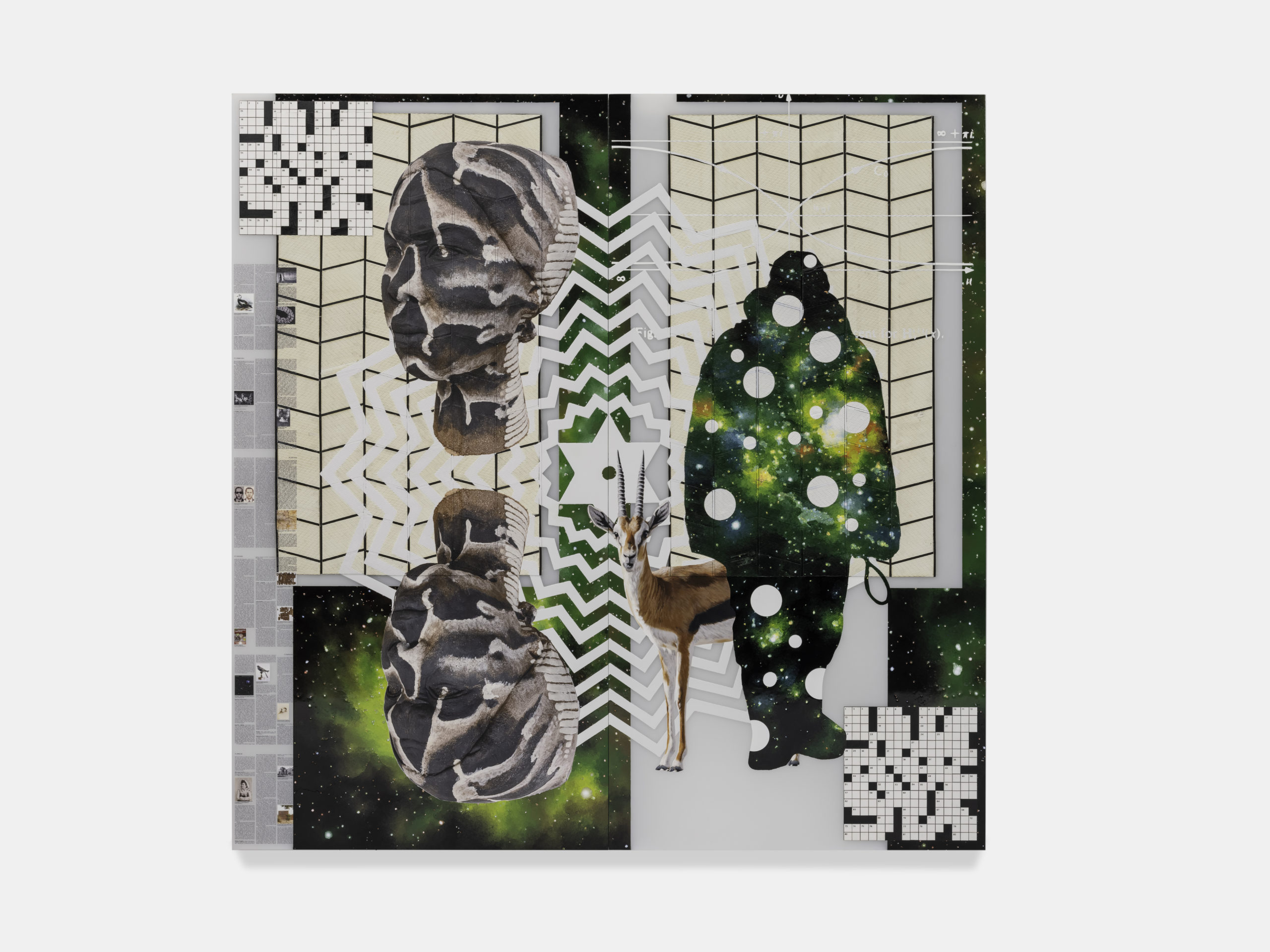
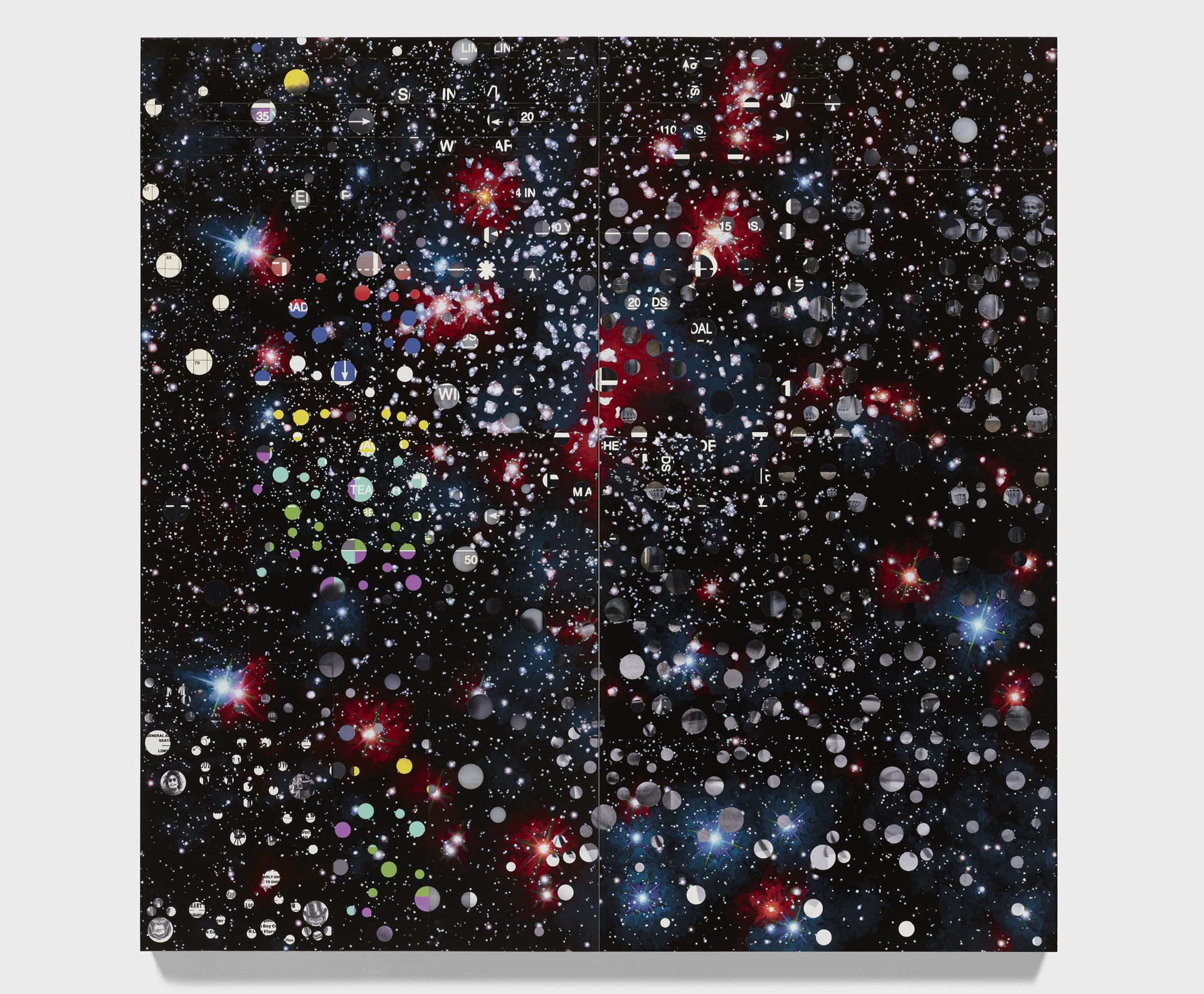


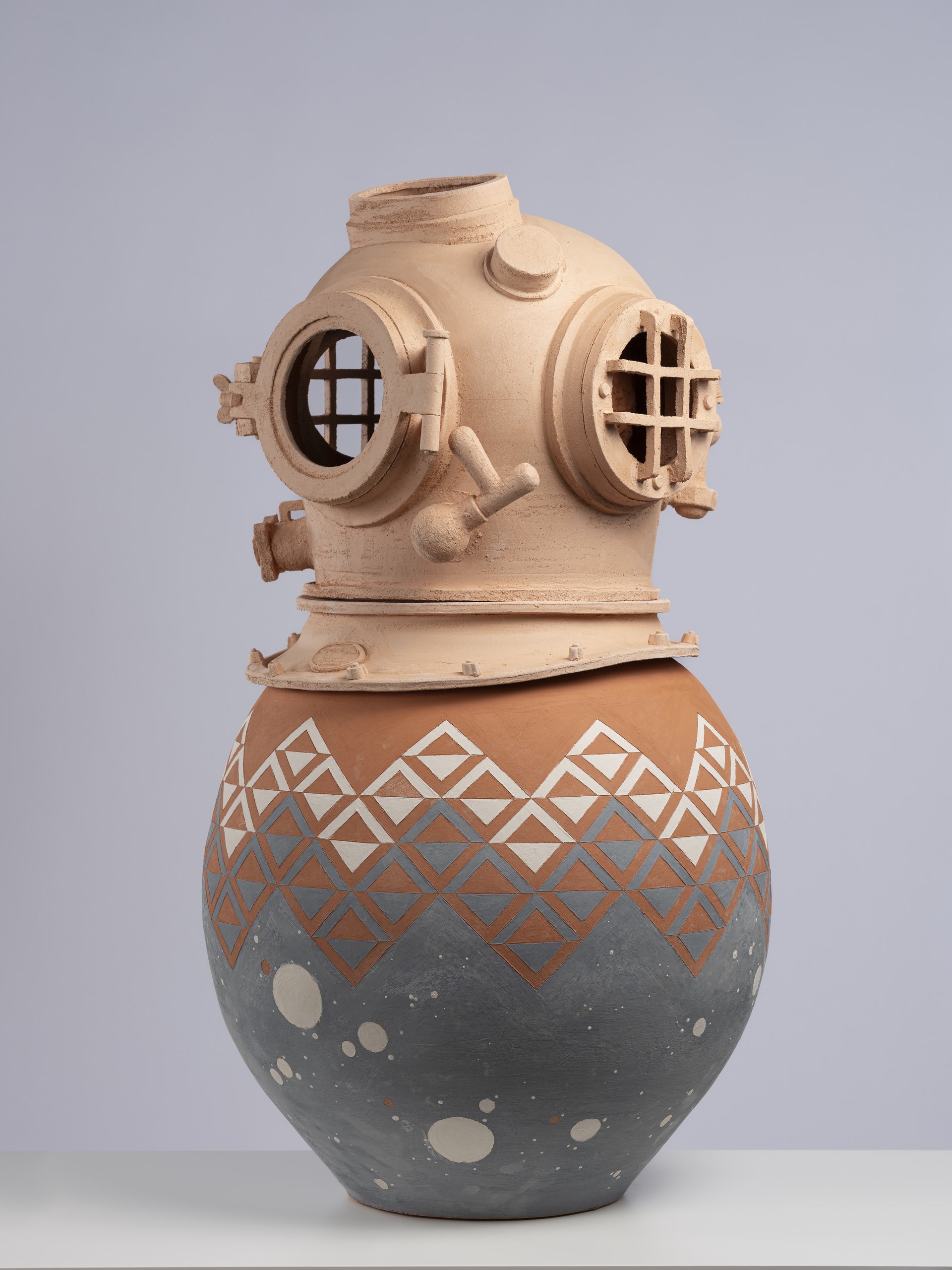


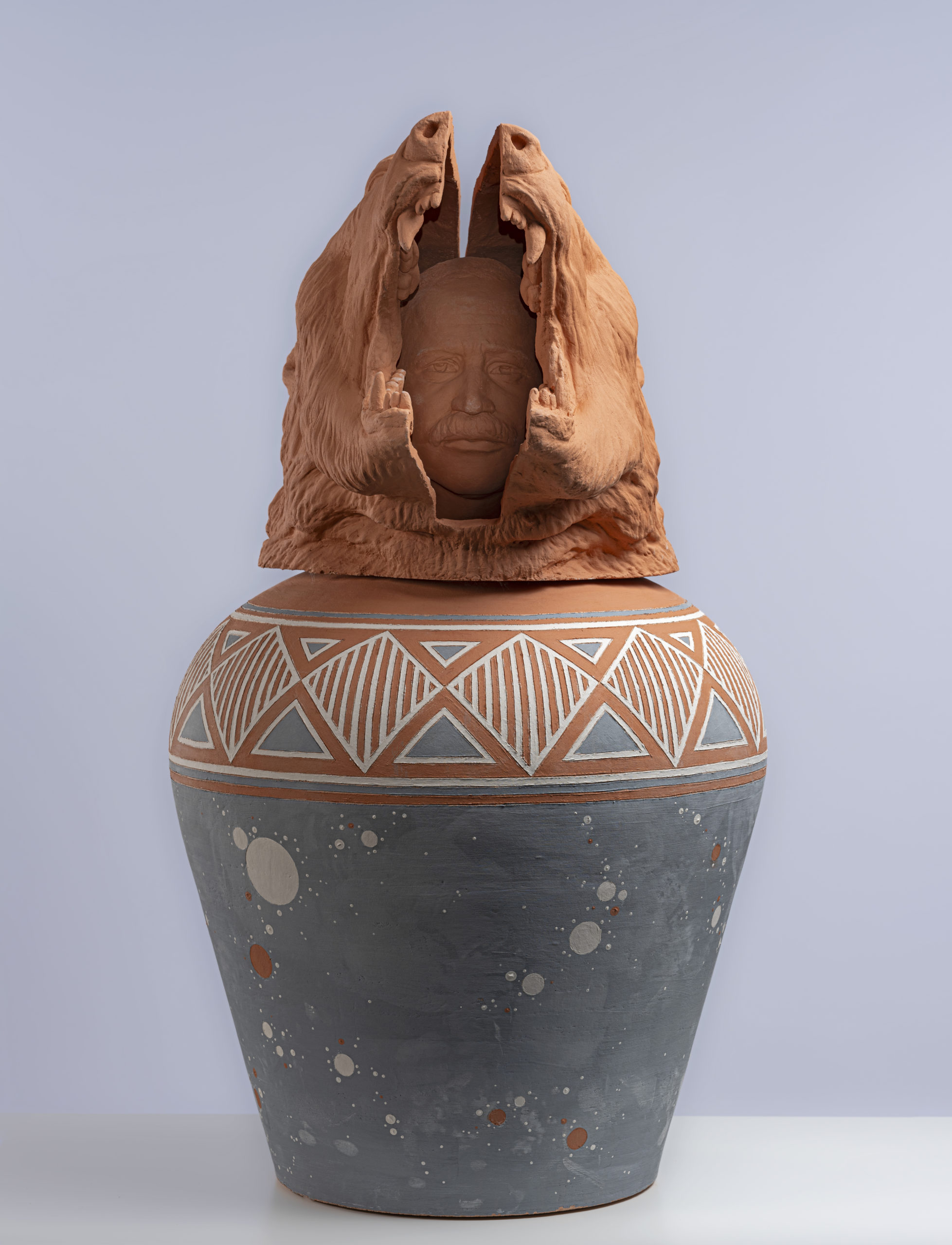

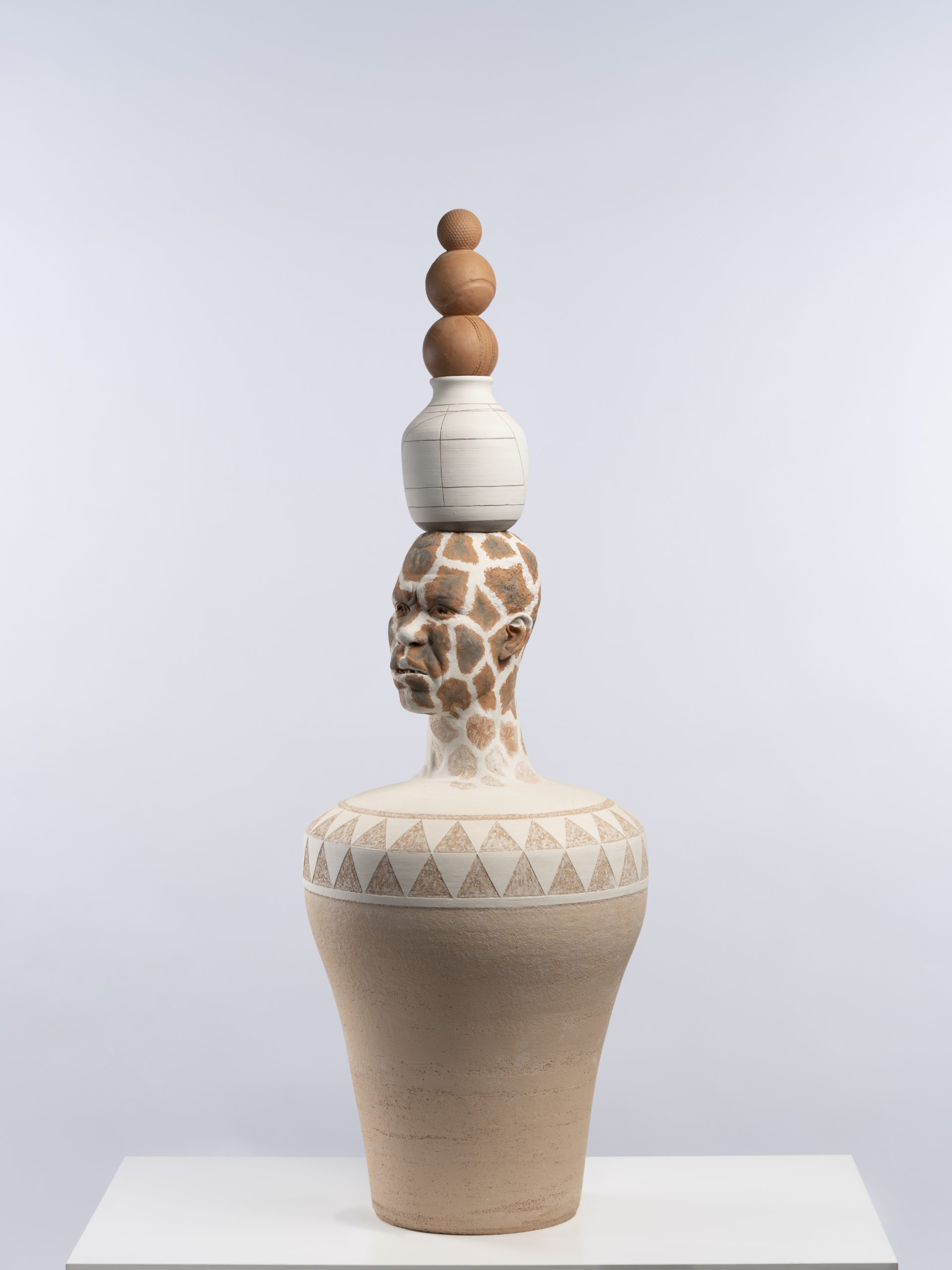


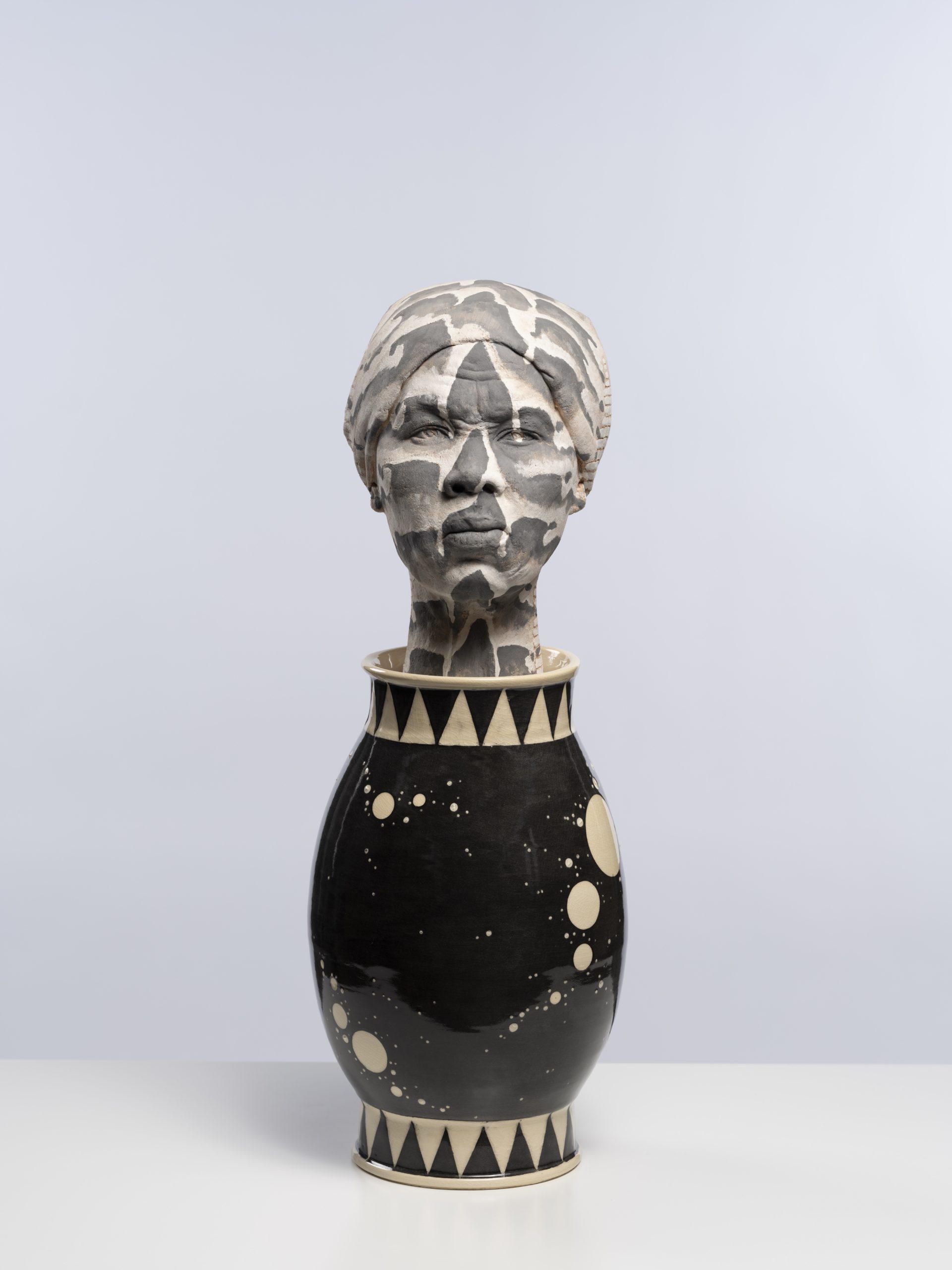


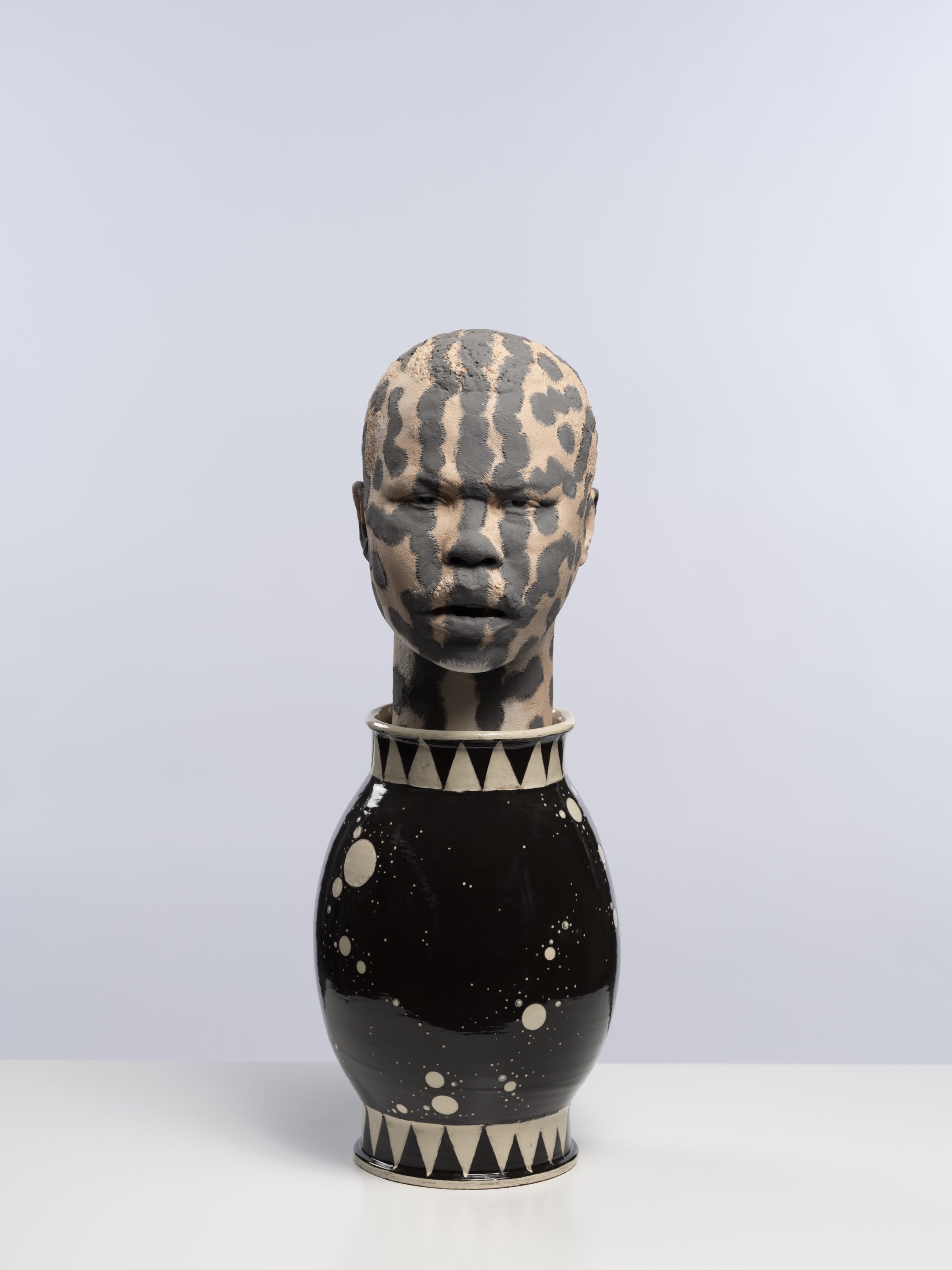
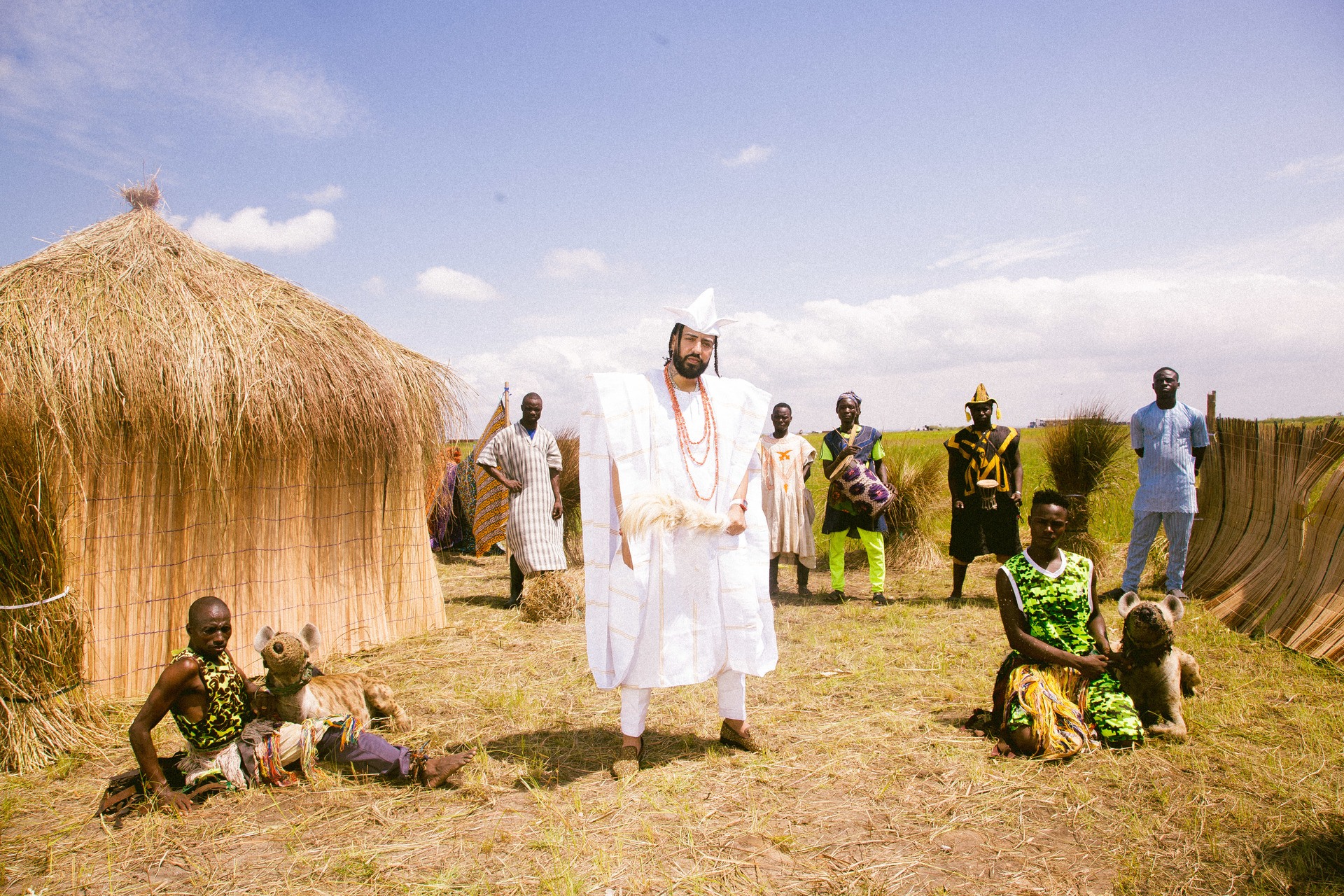
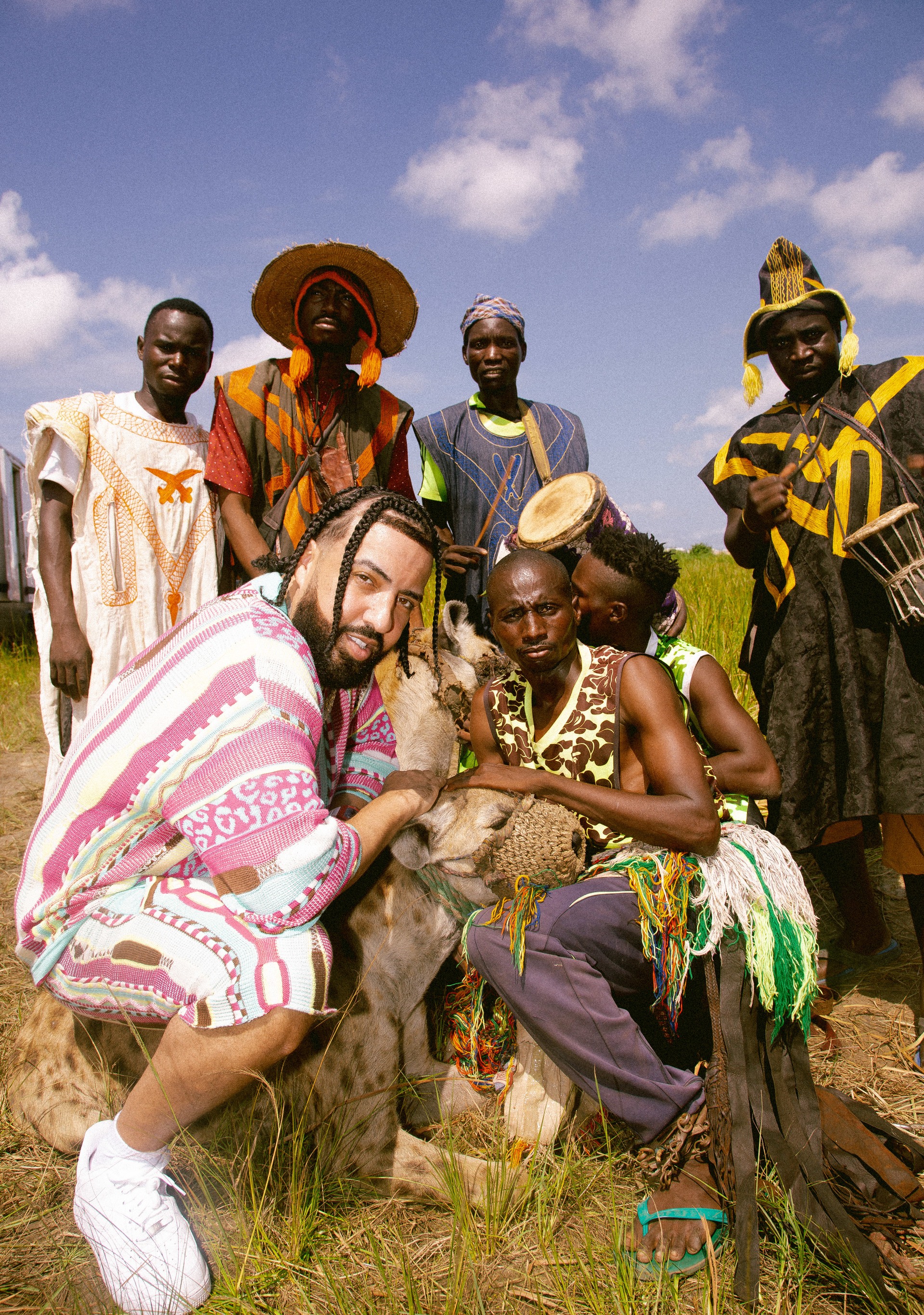
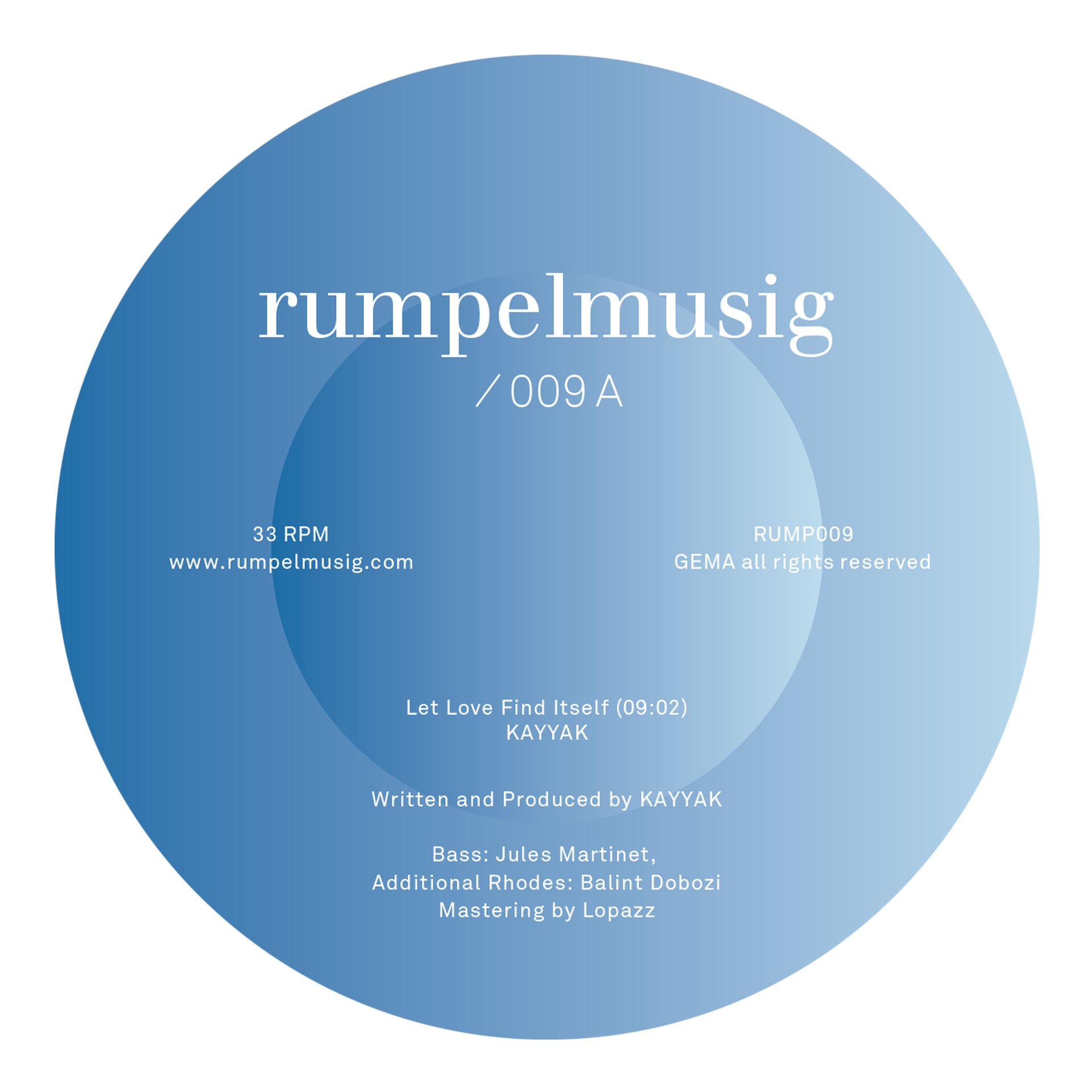
Recent Comments